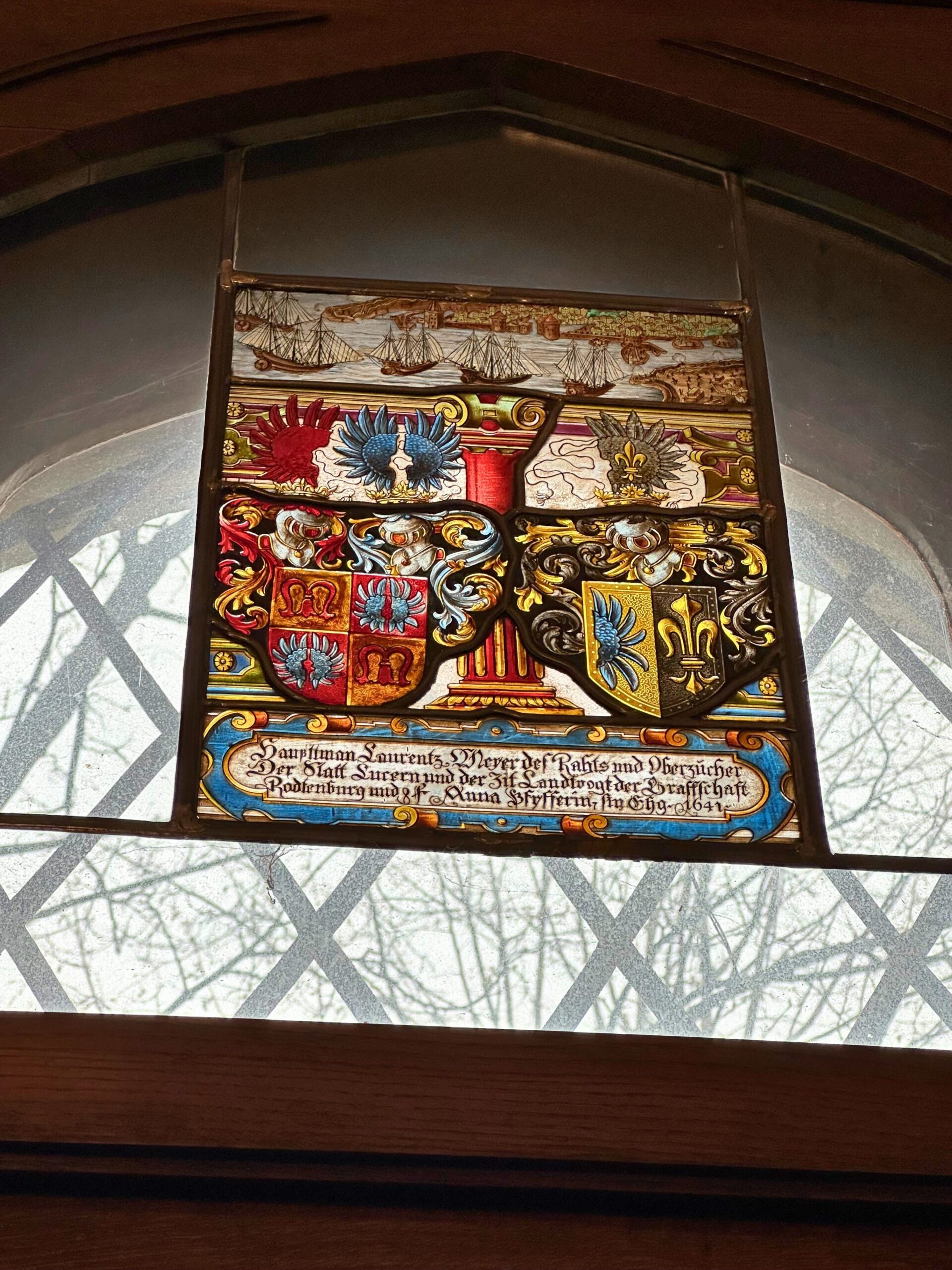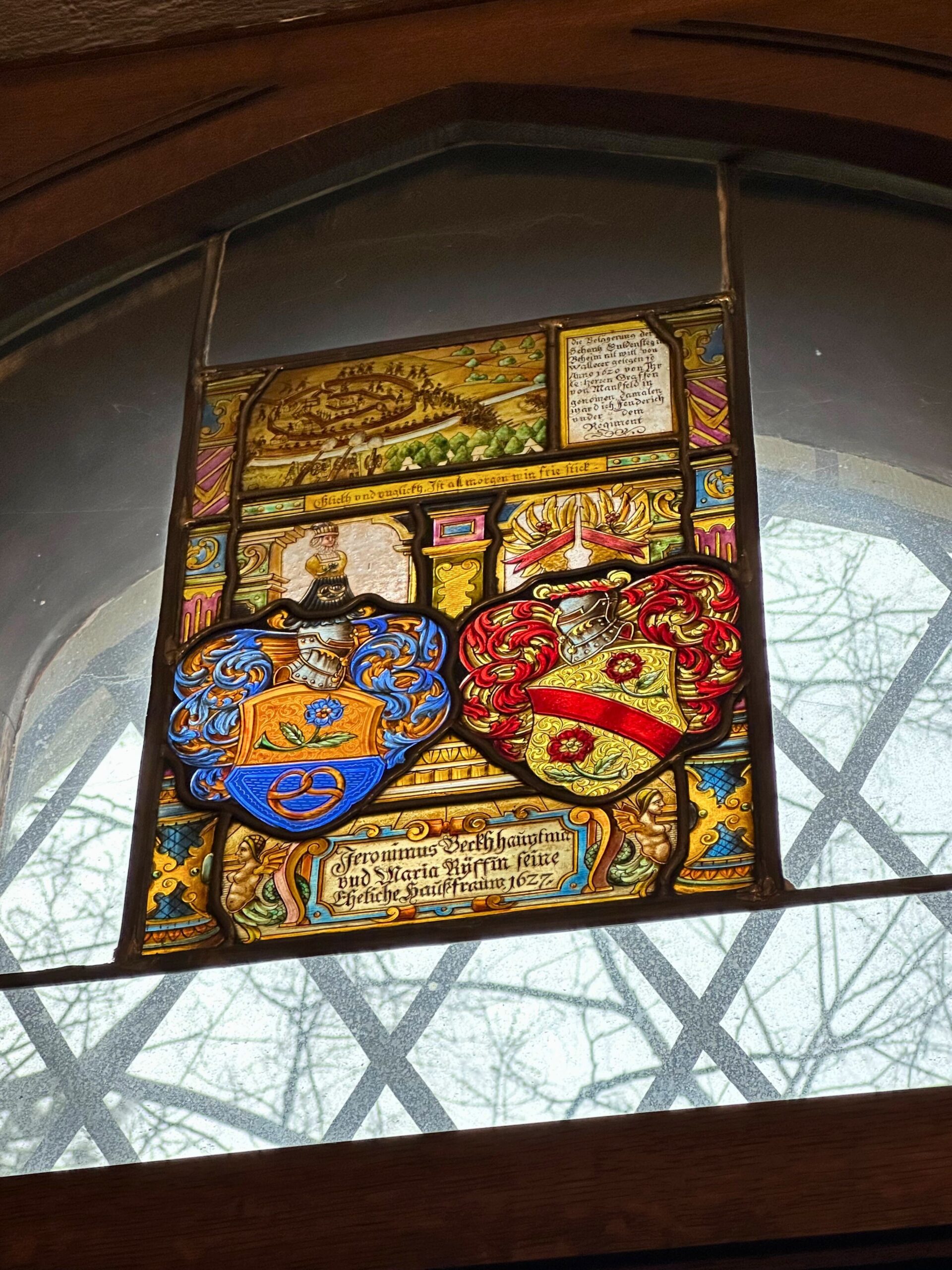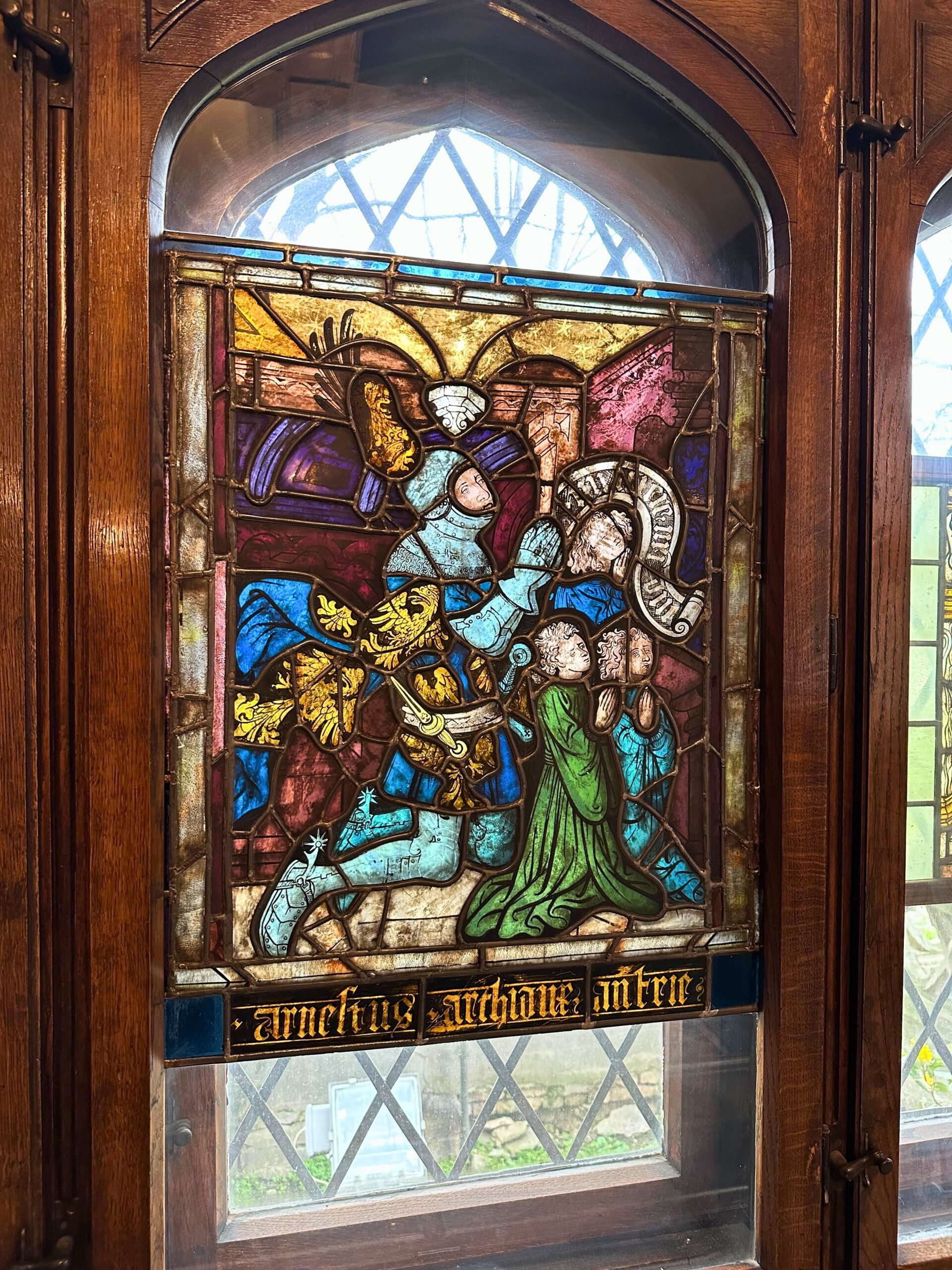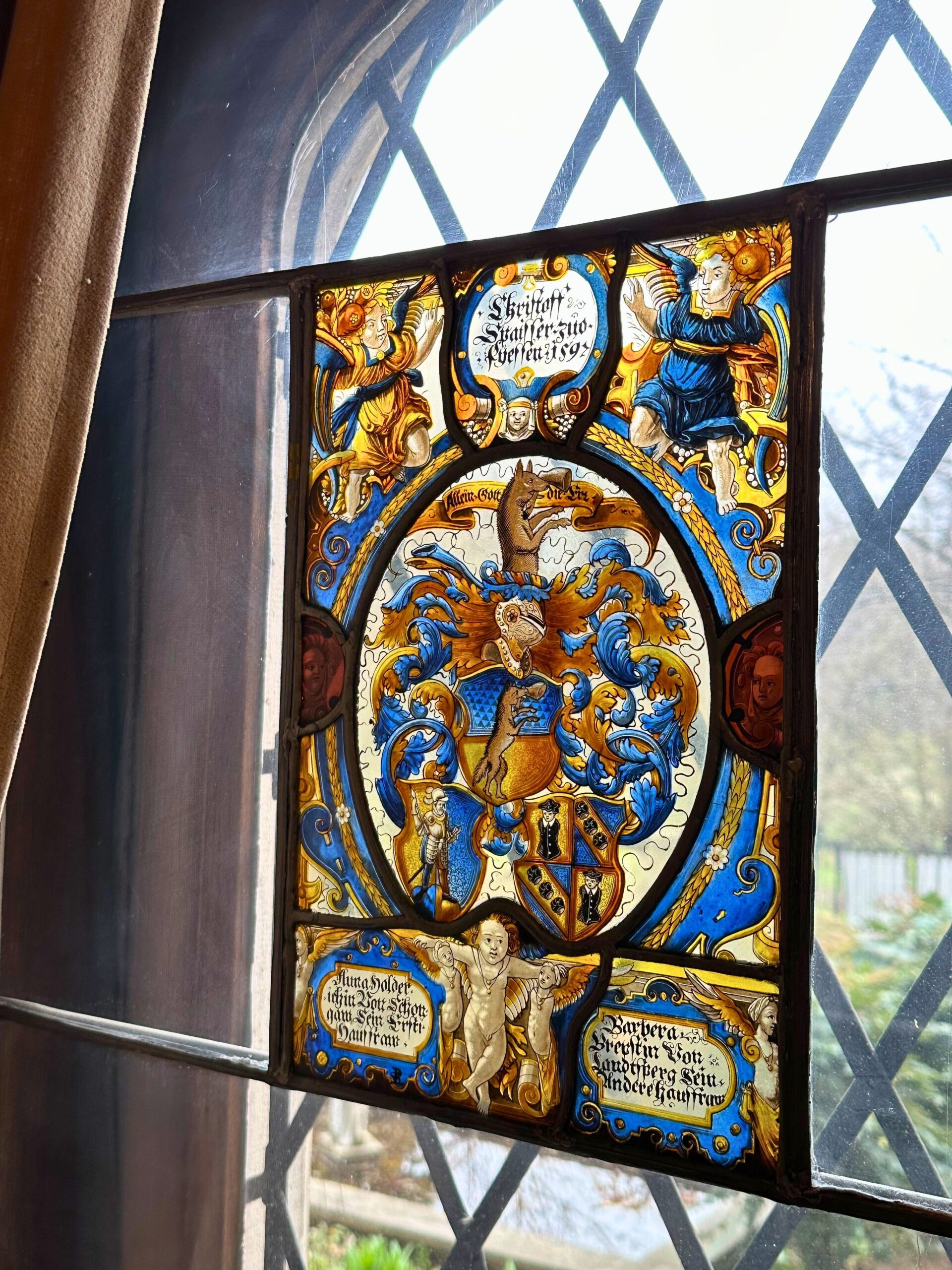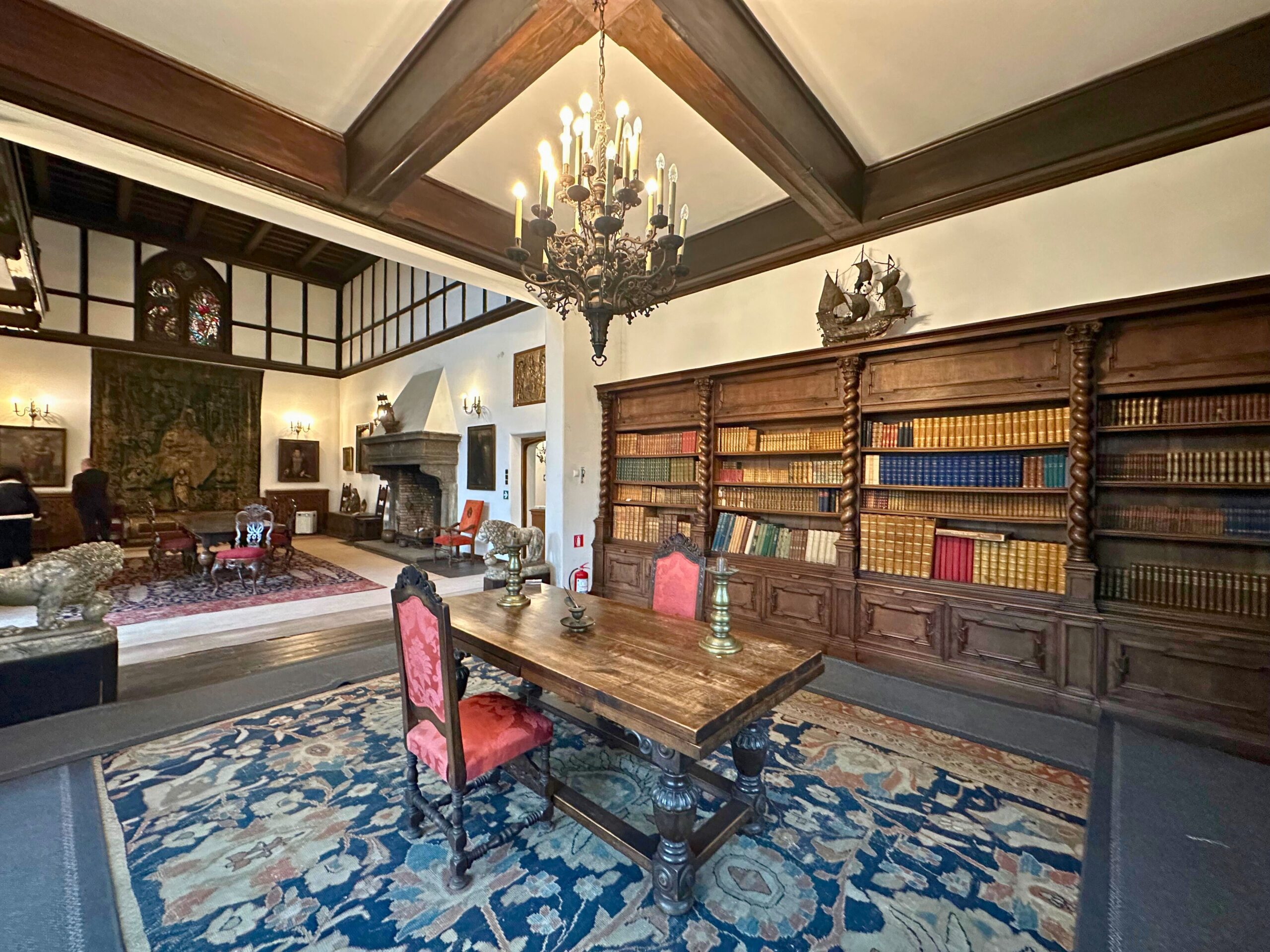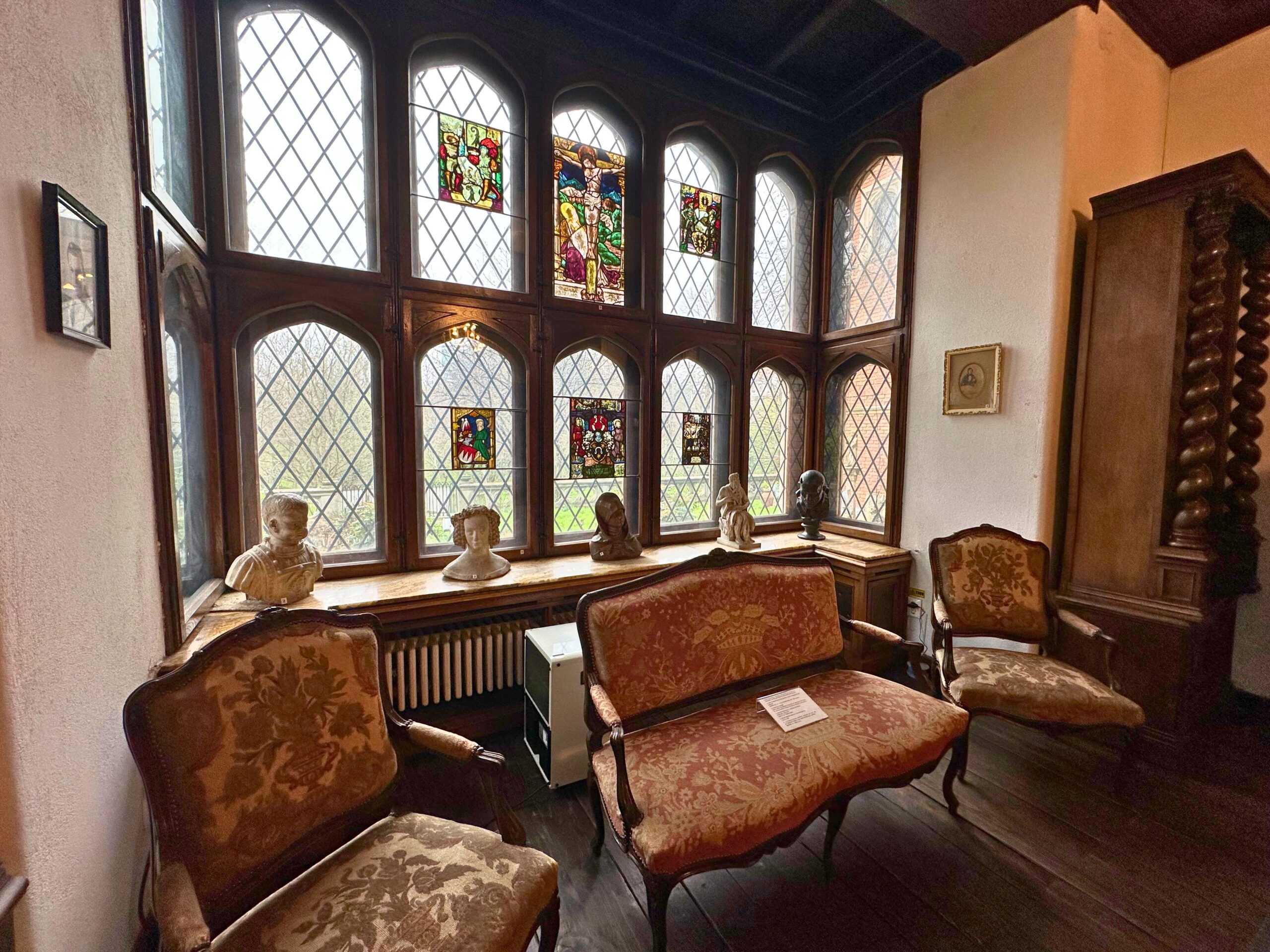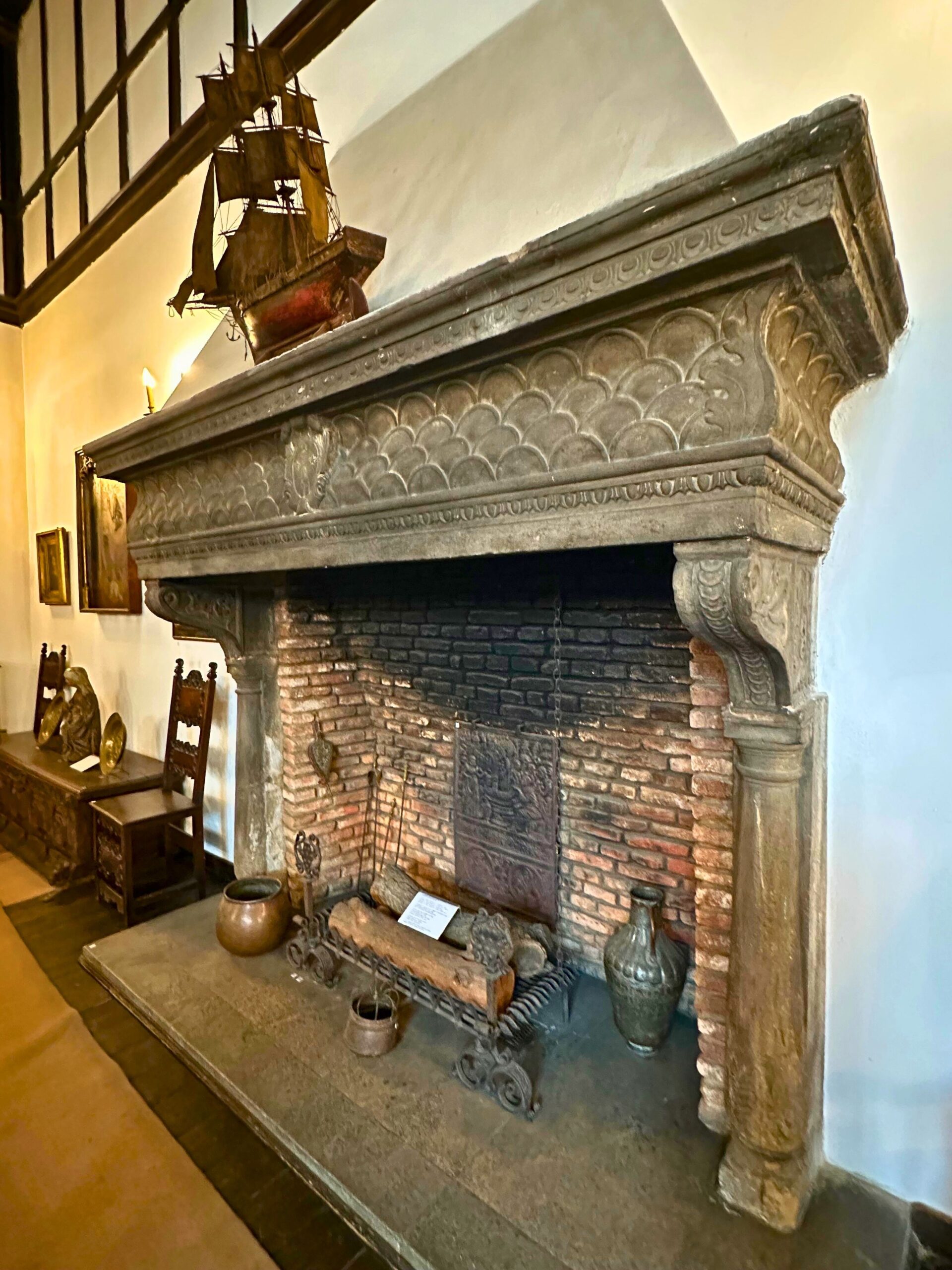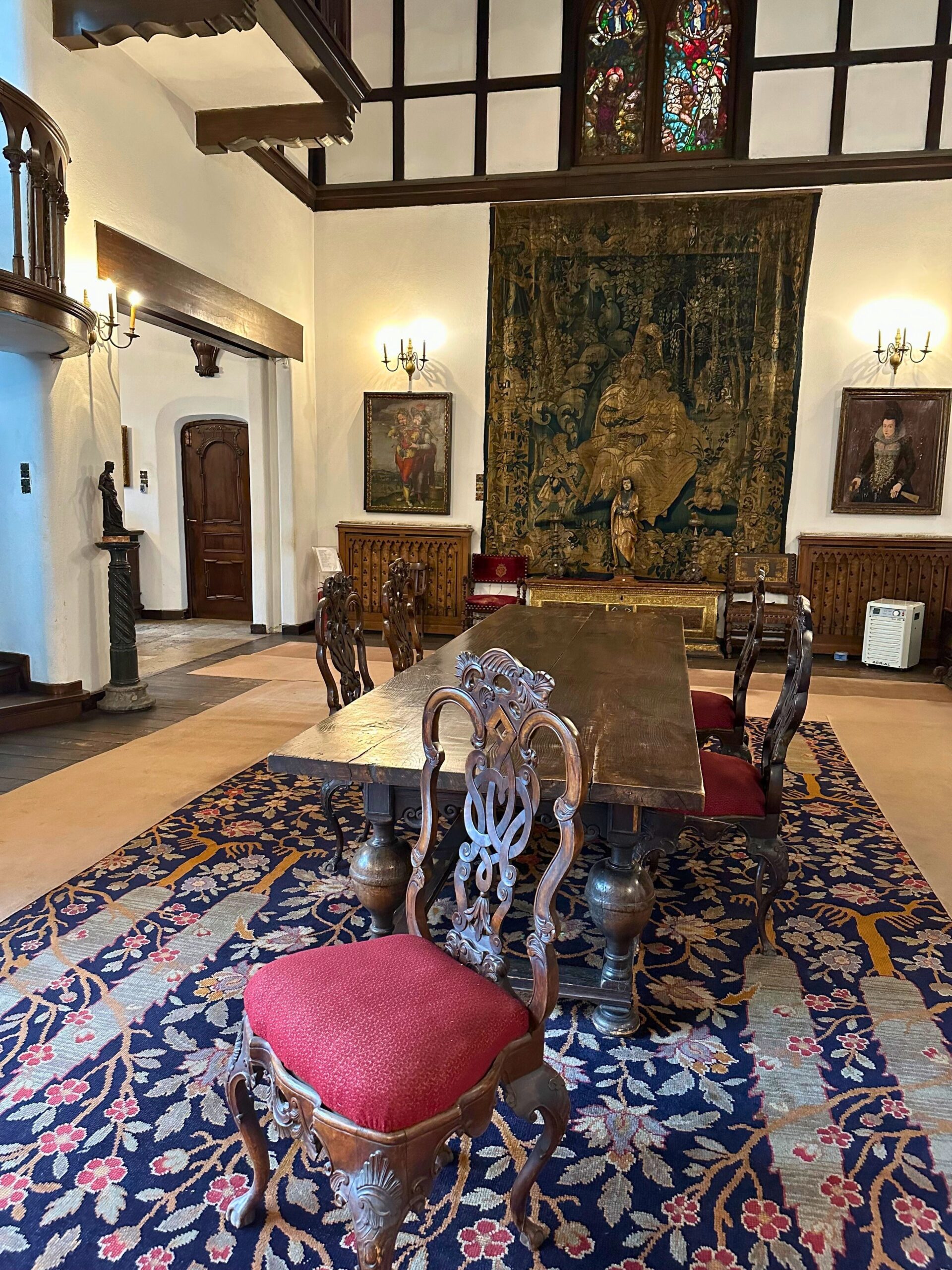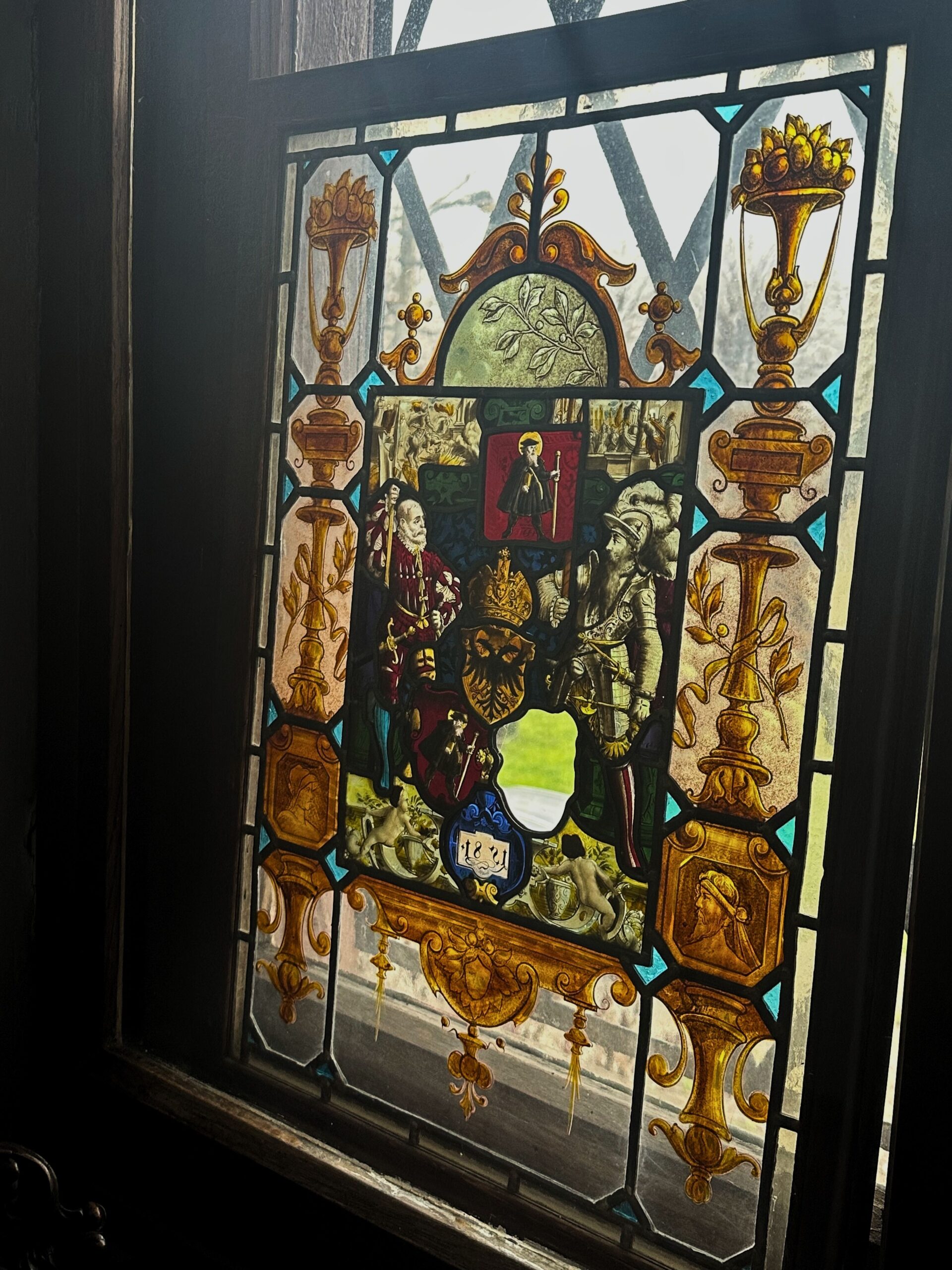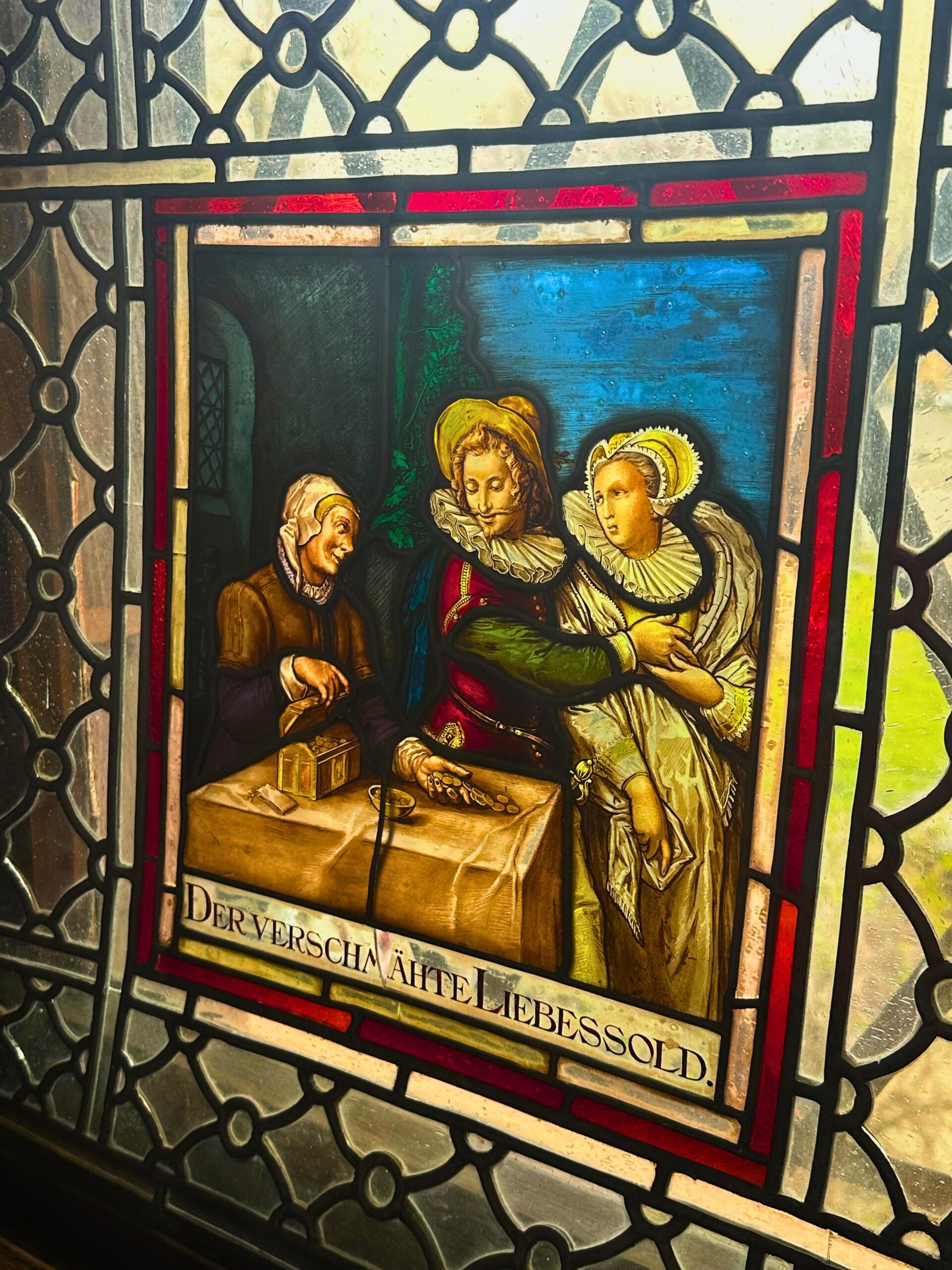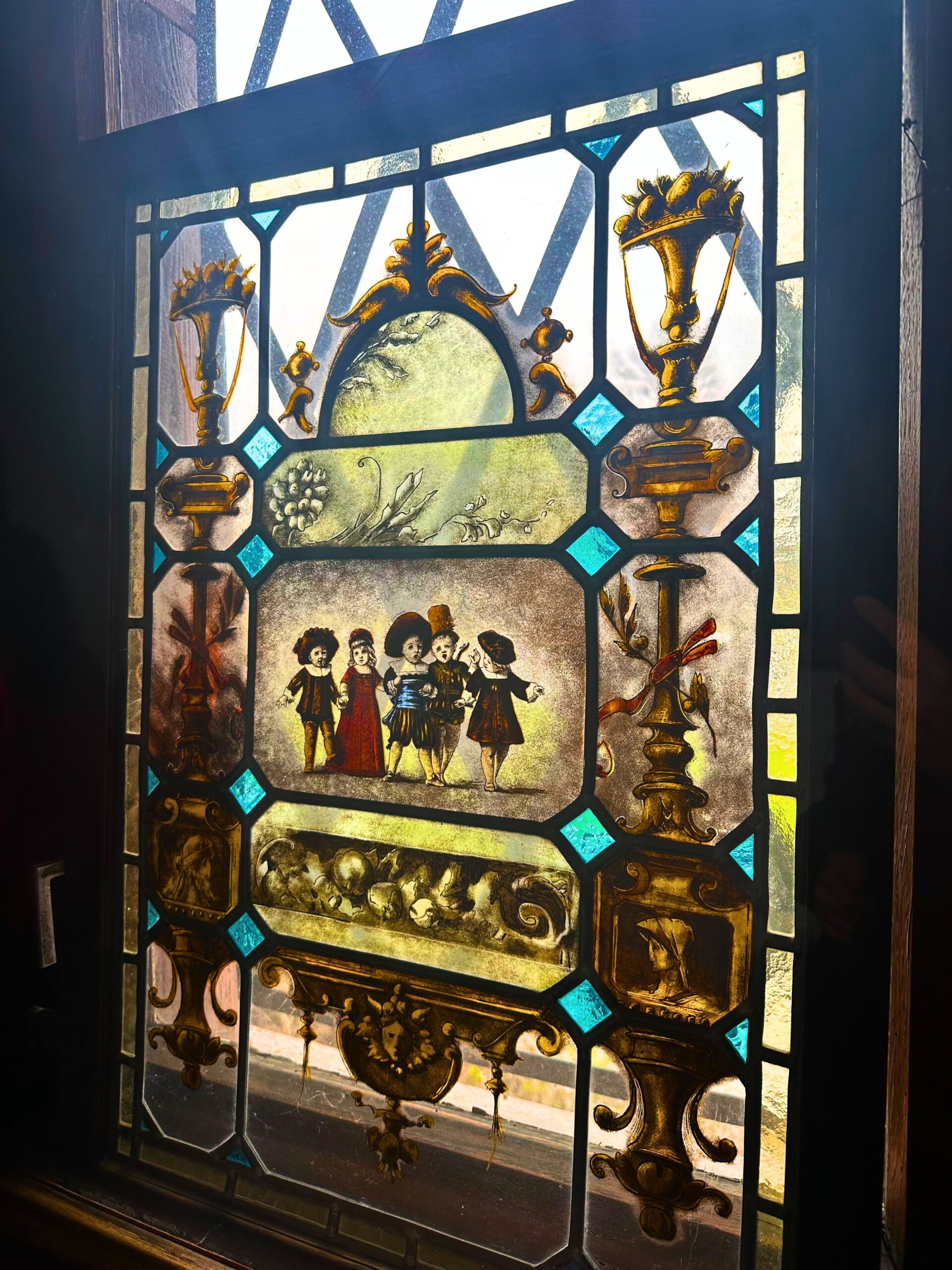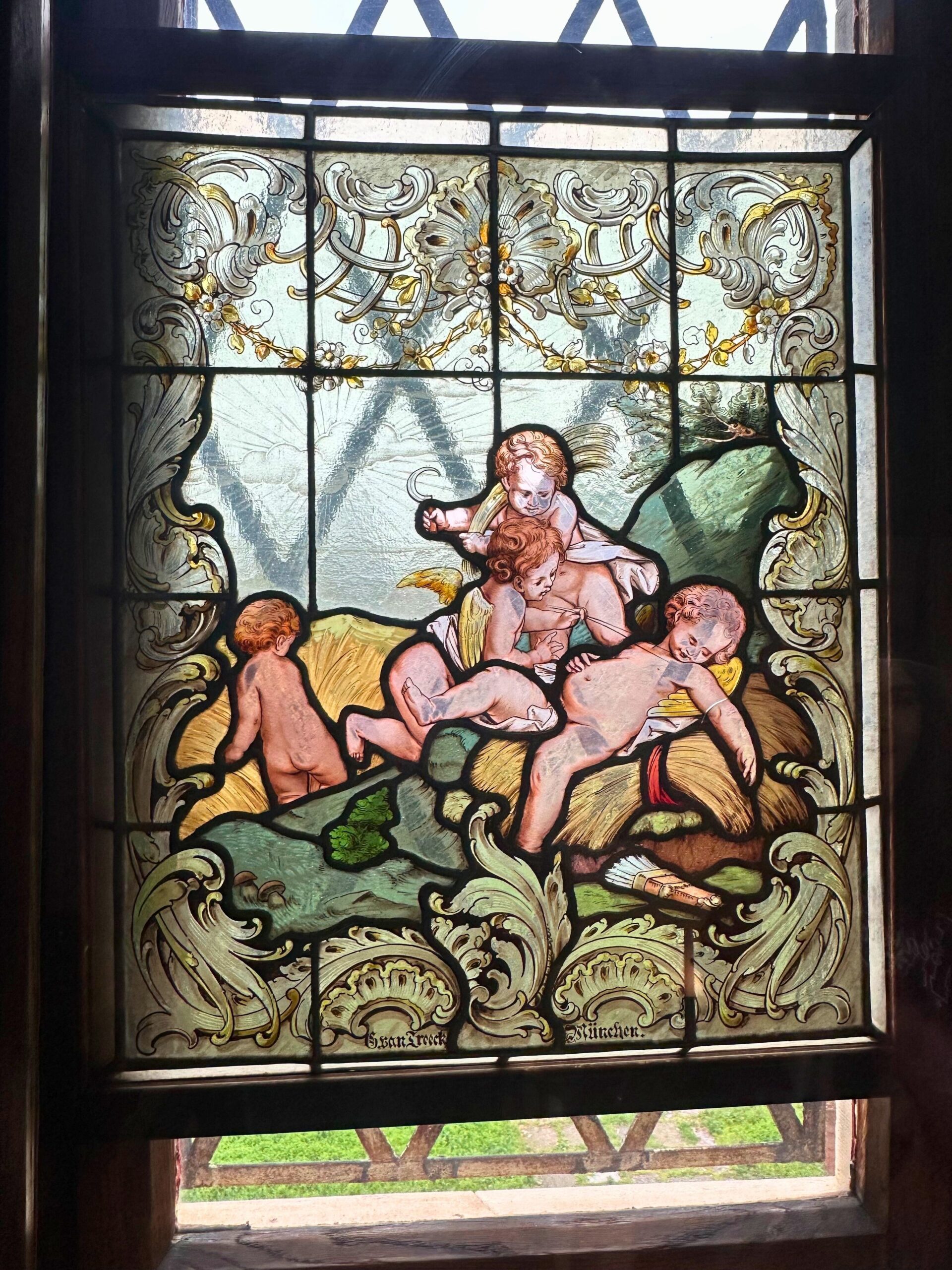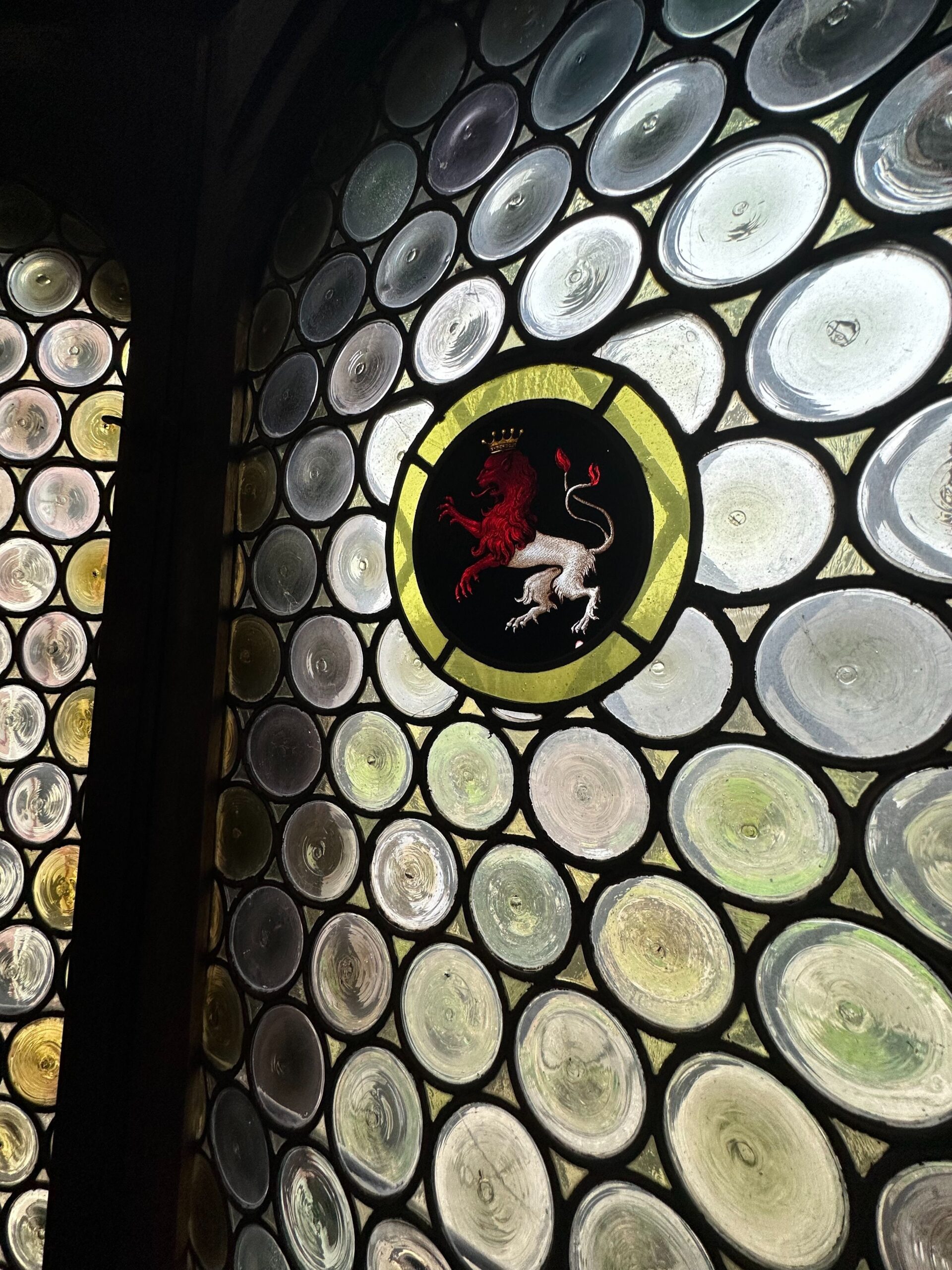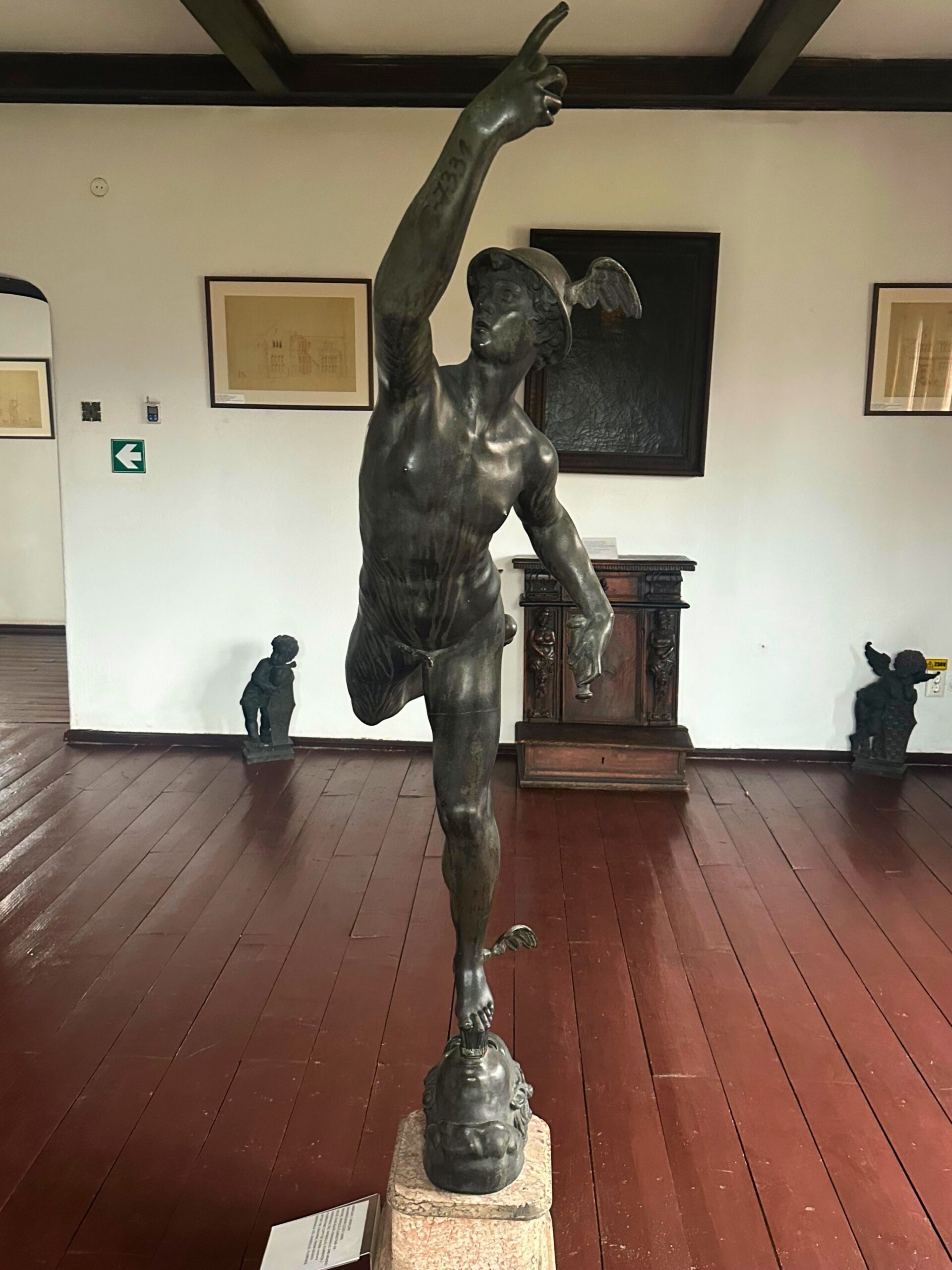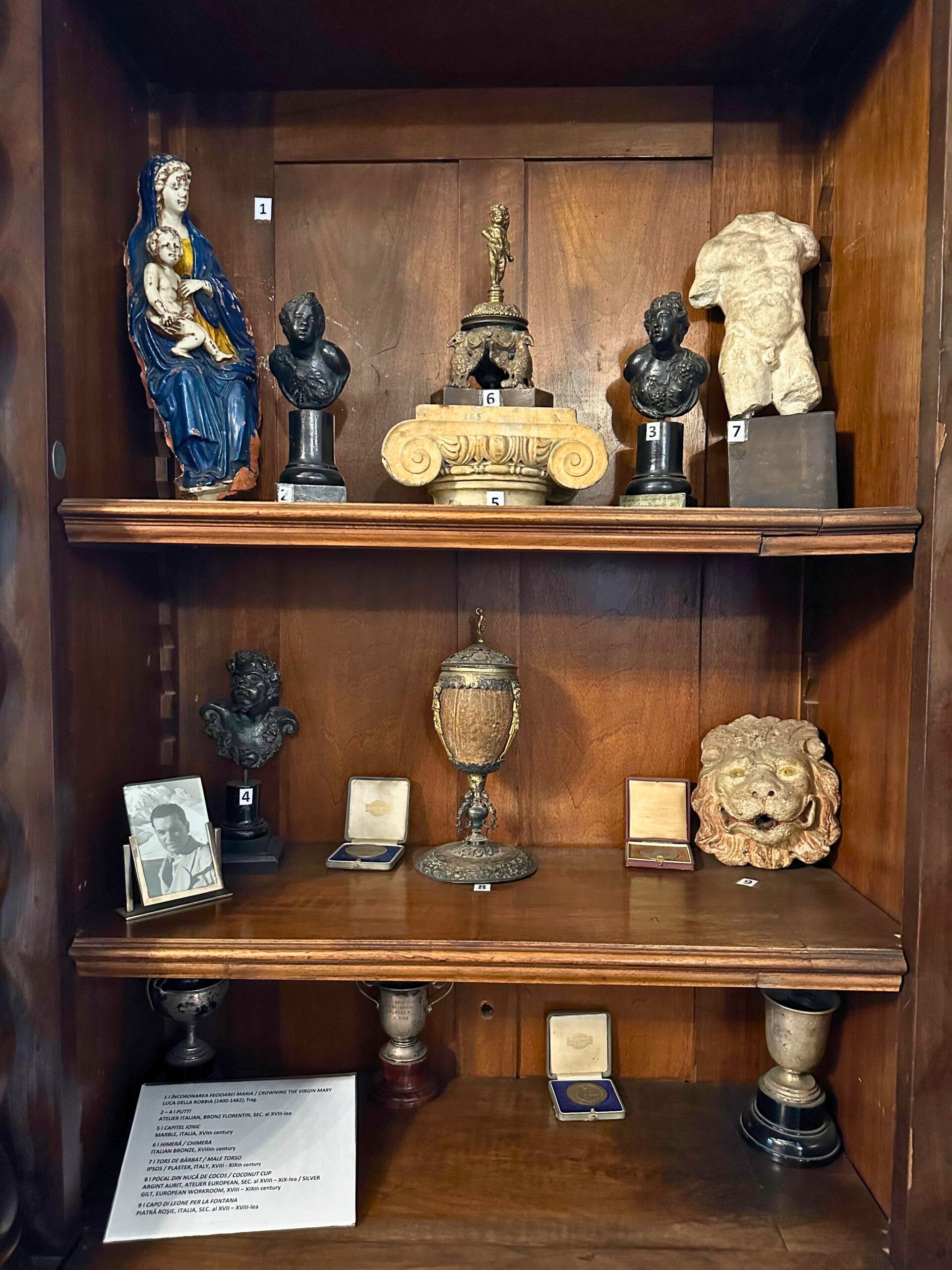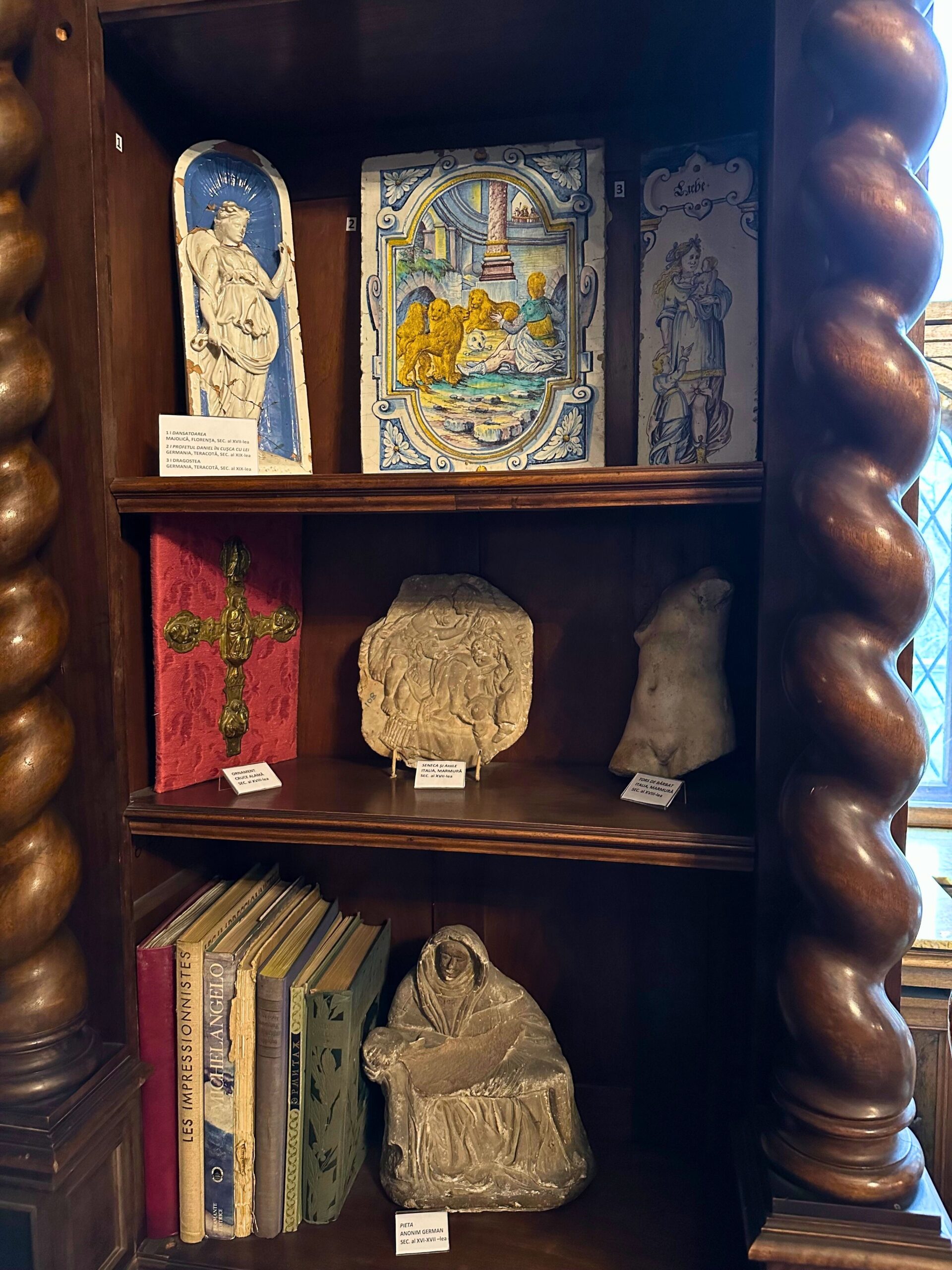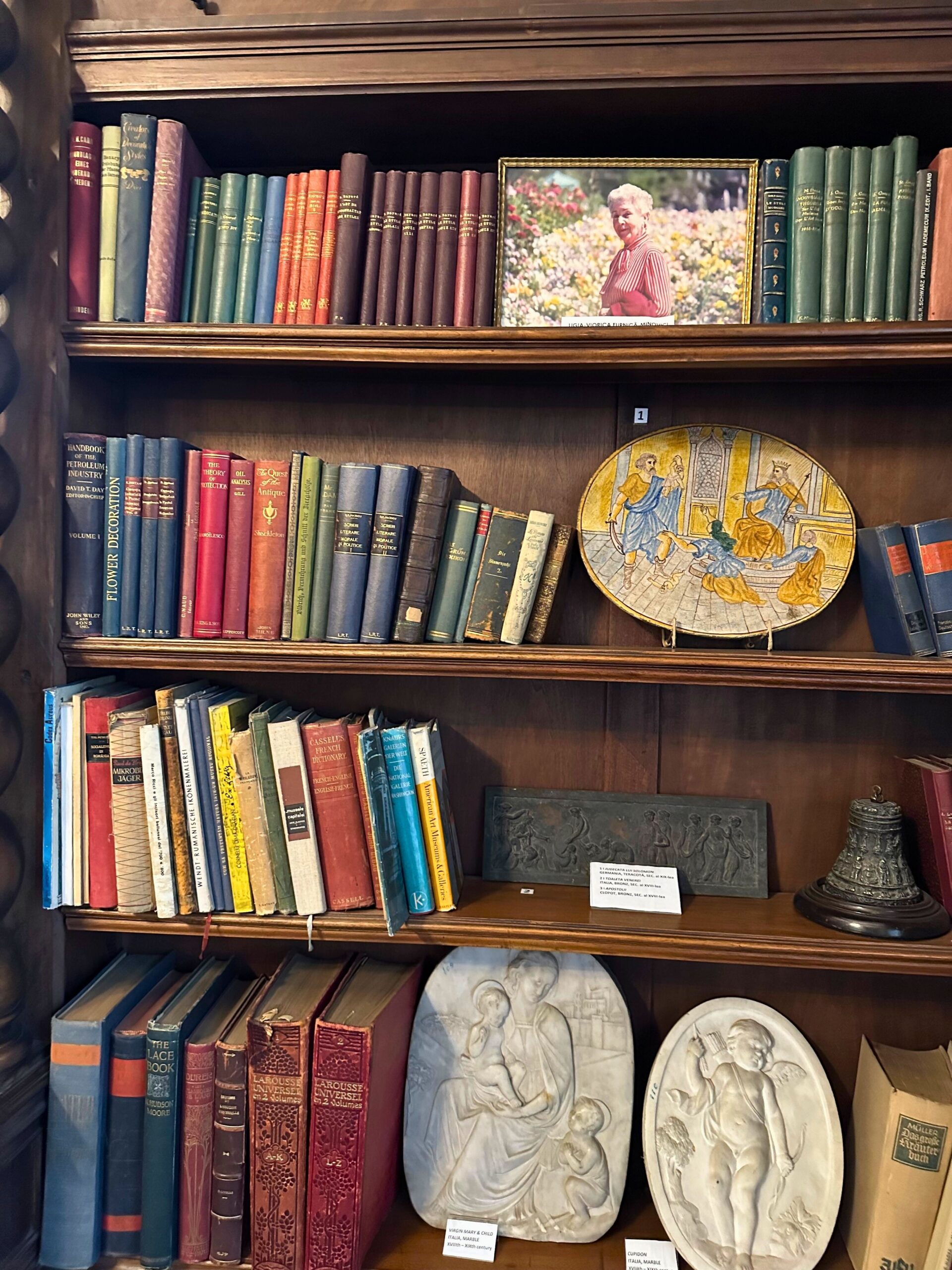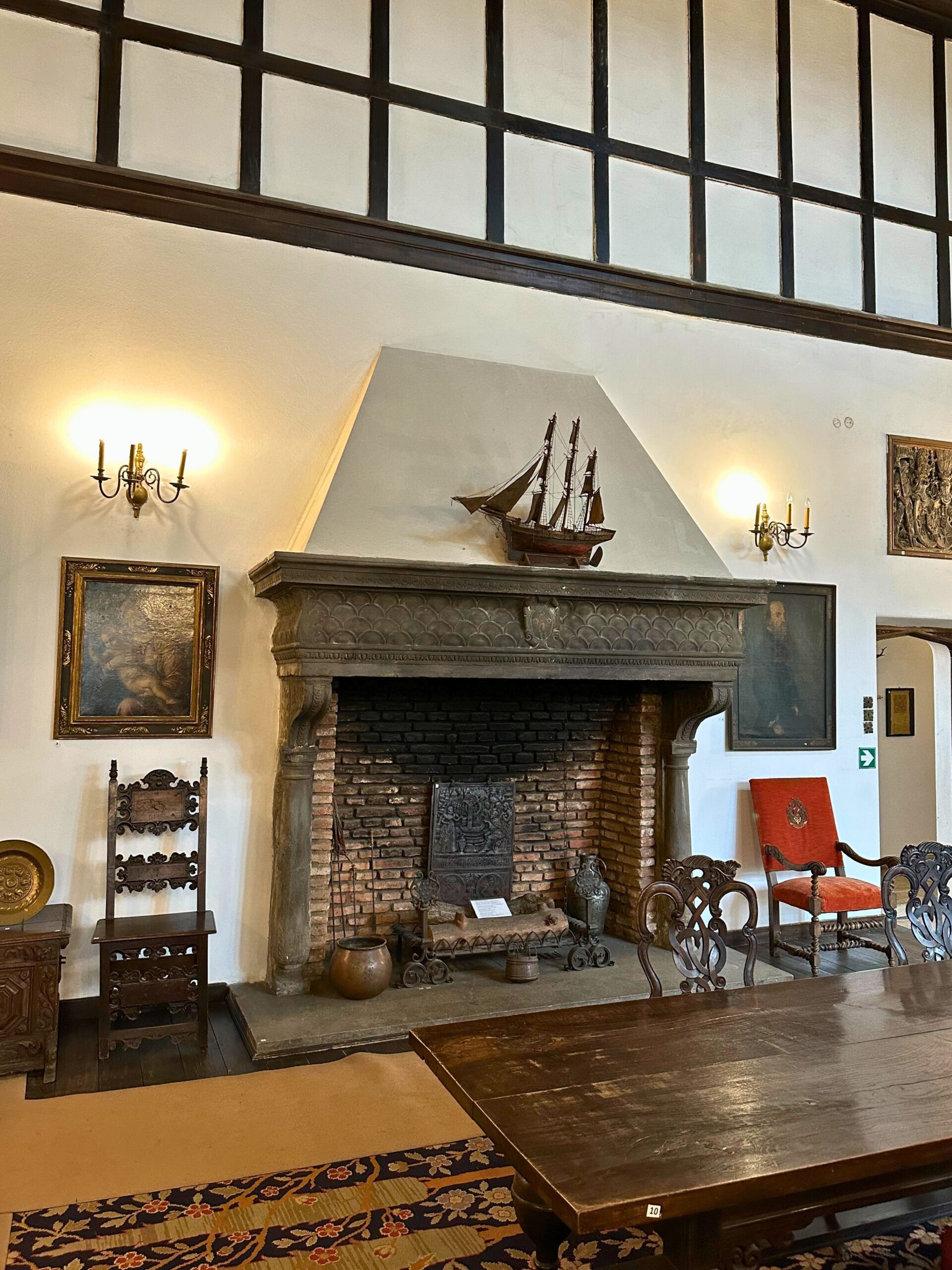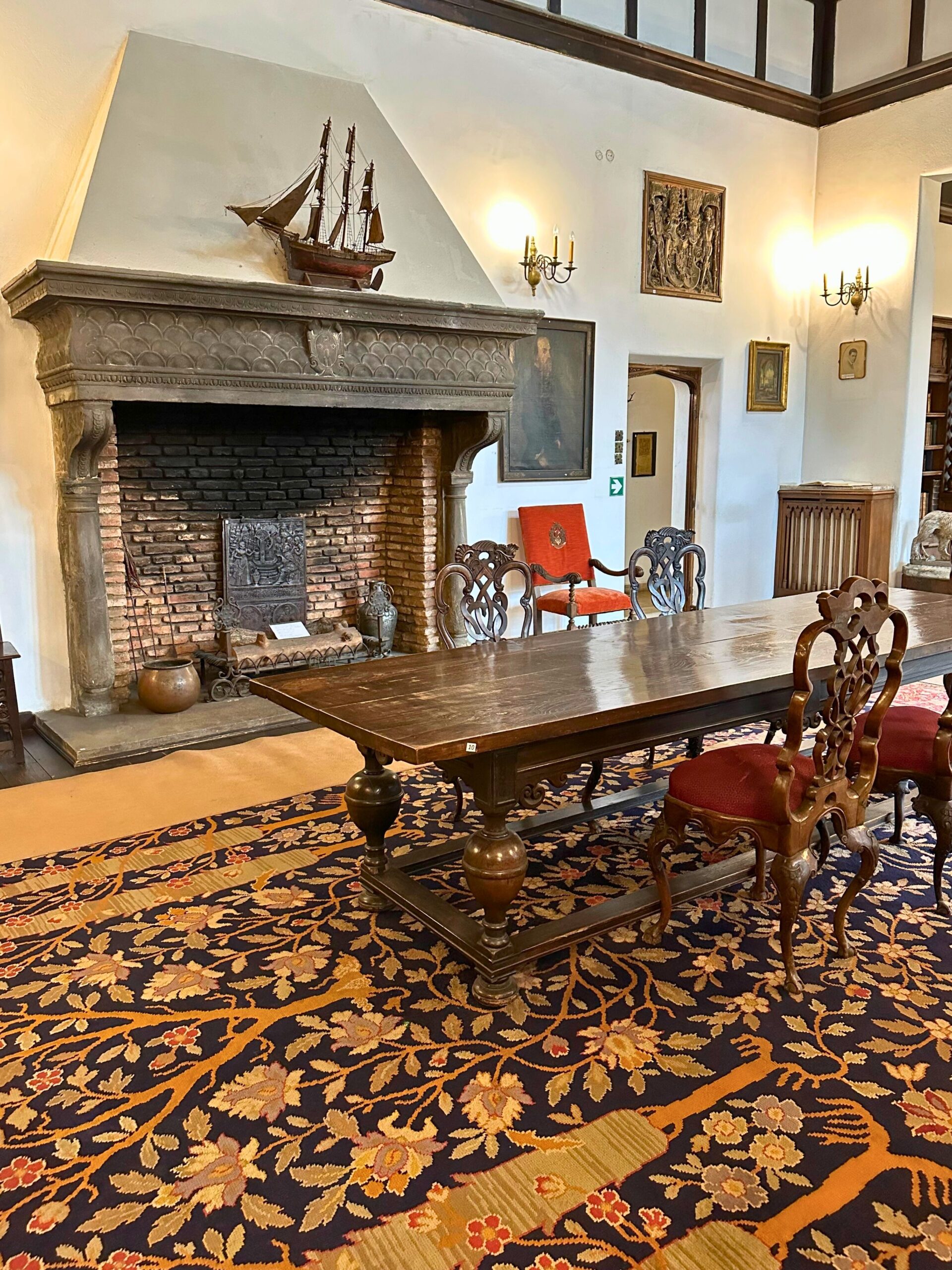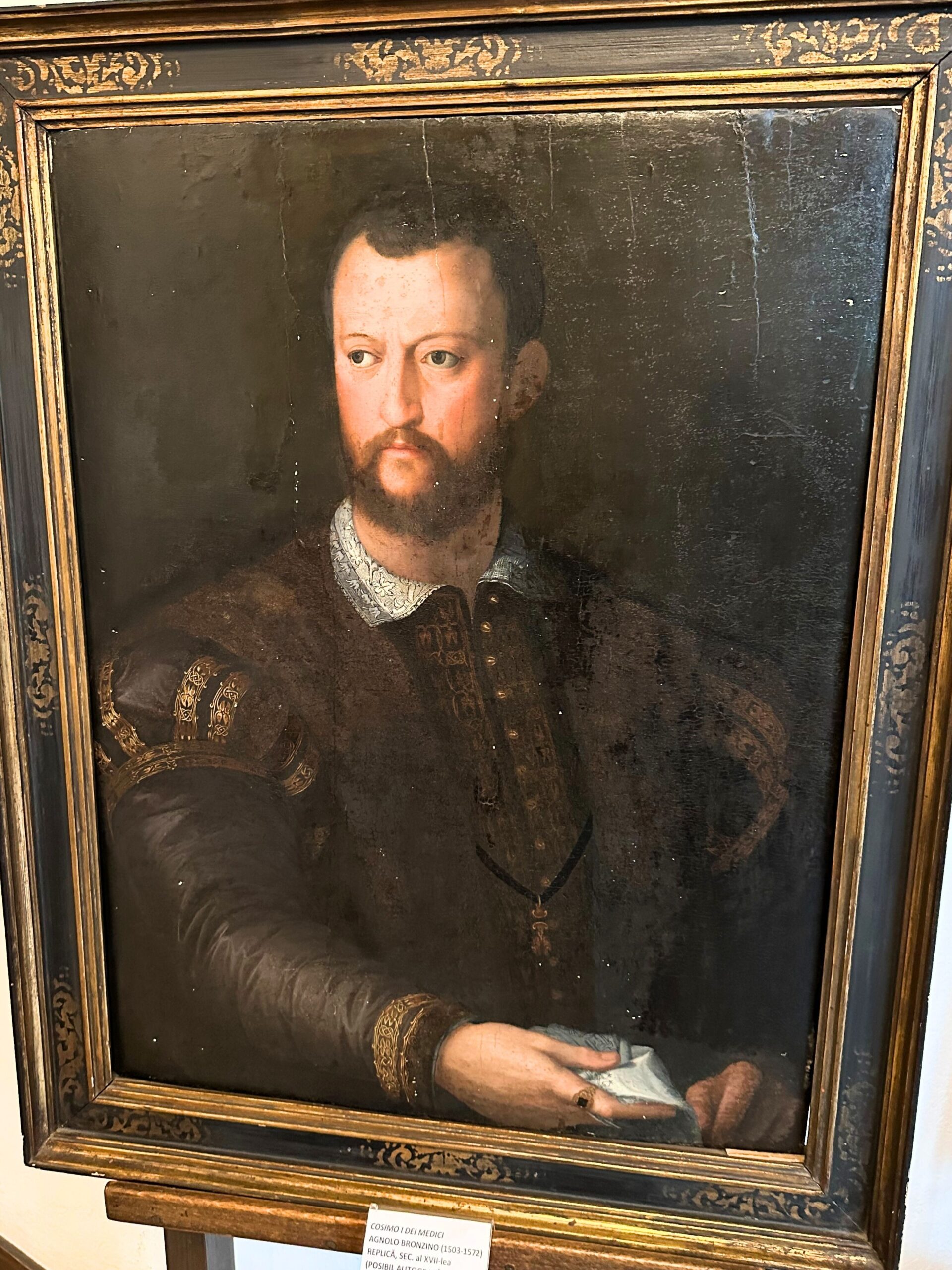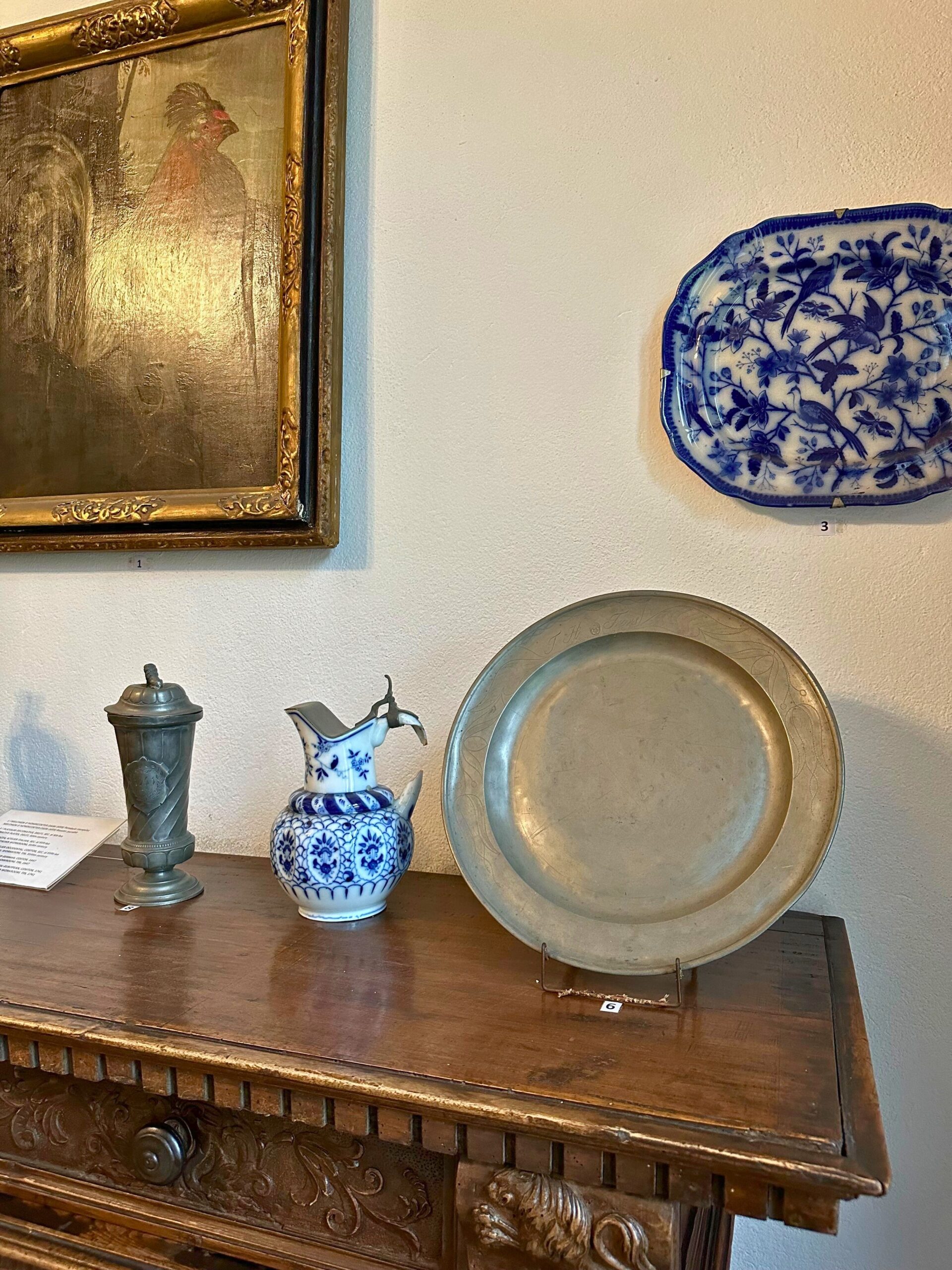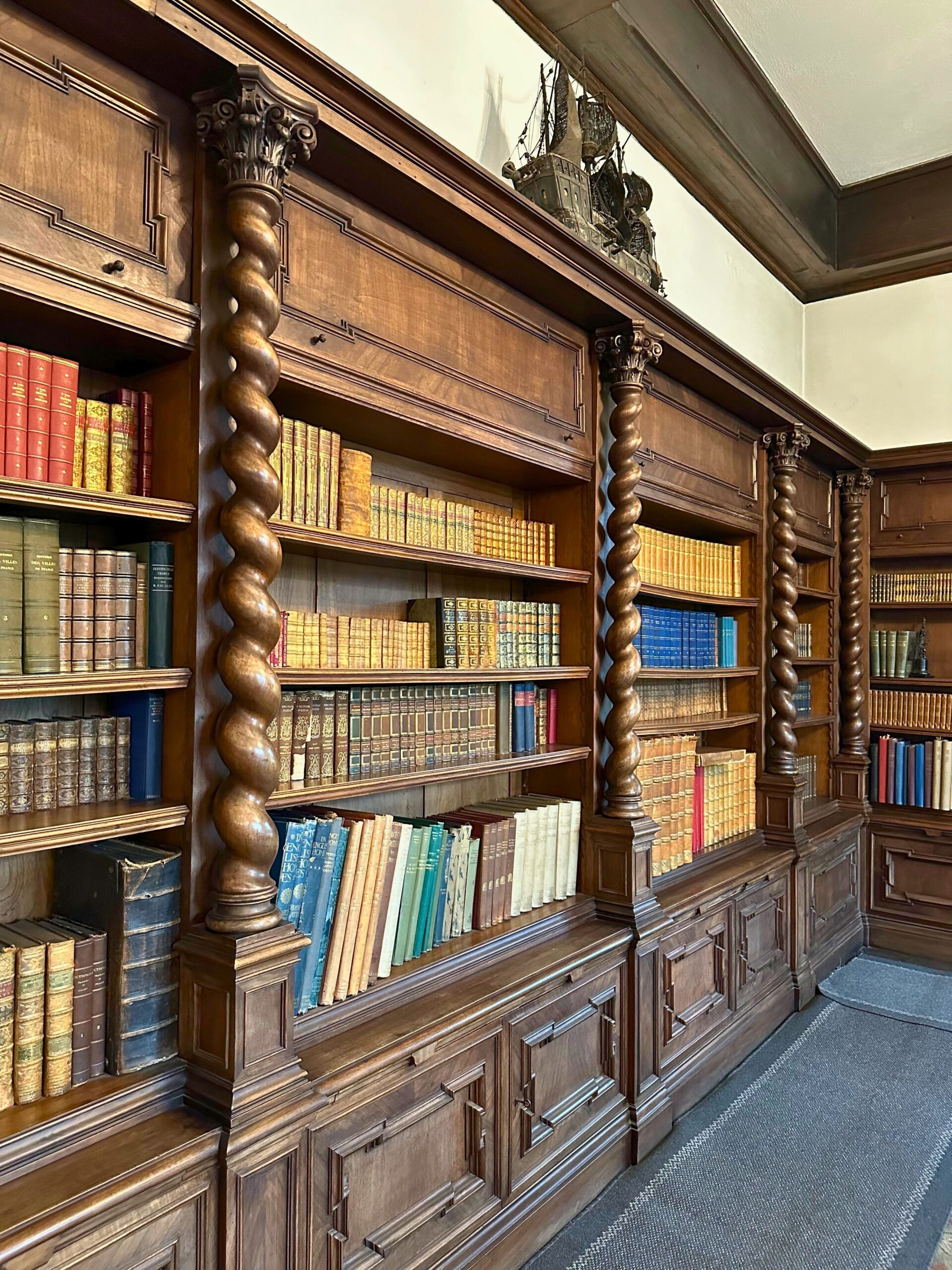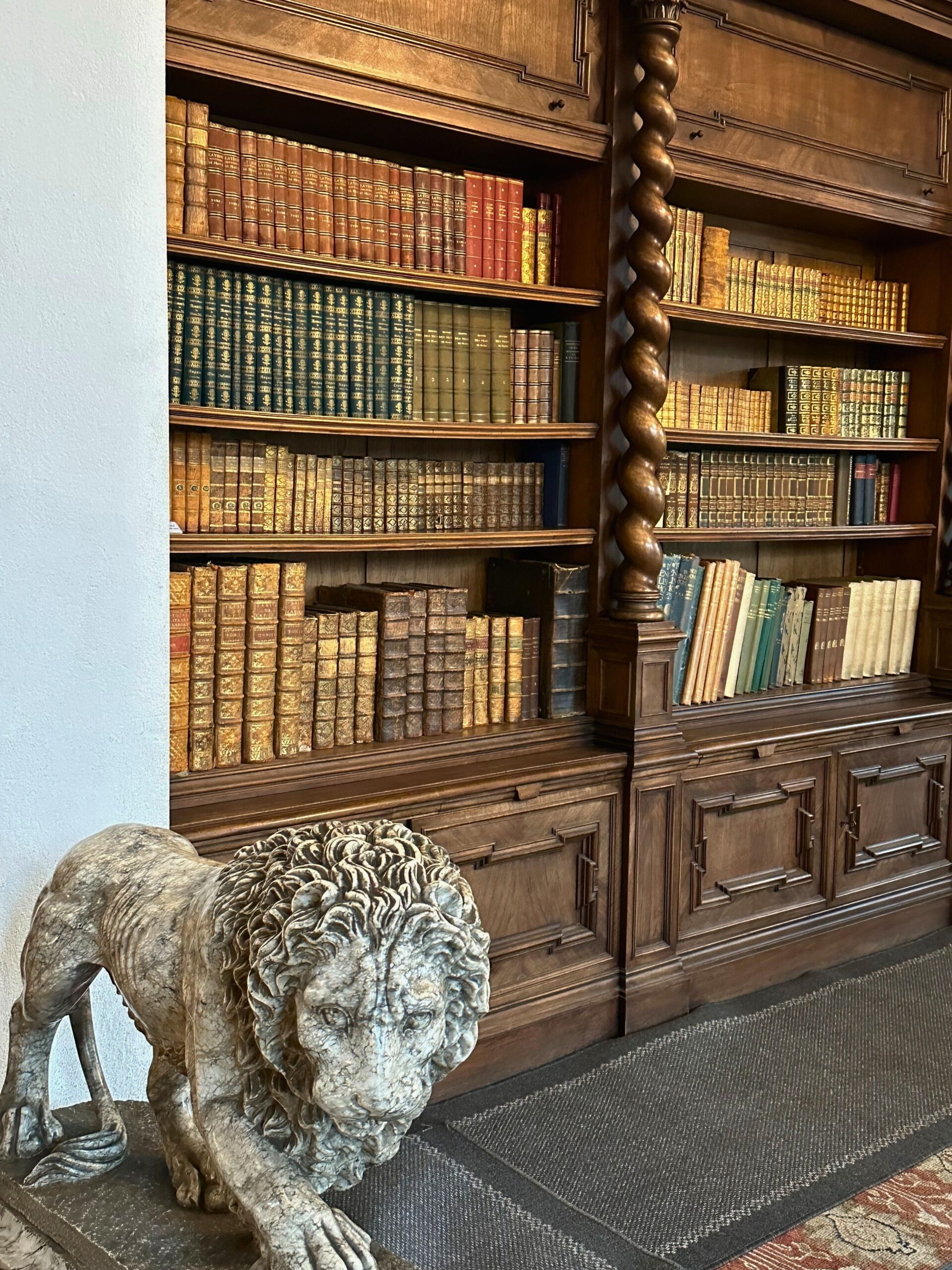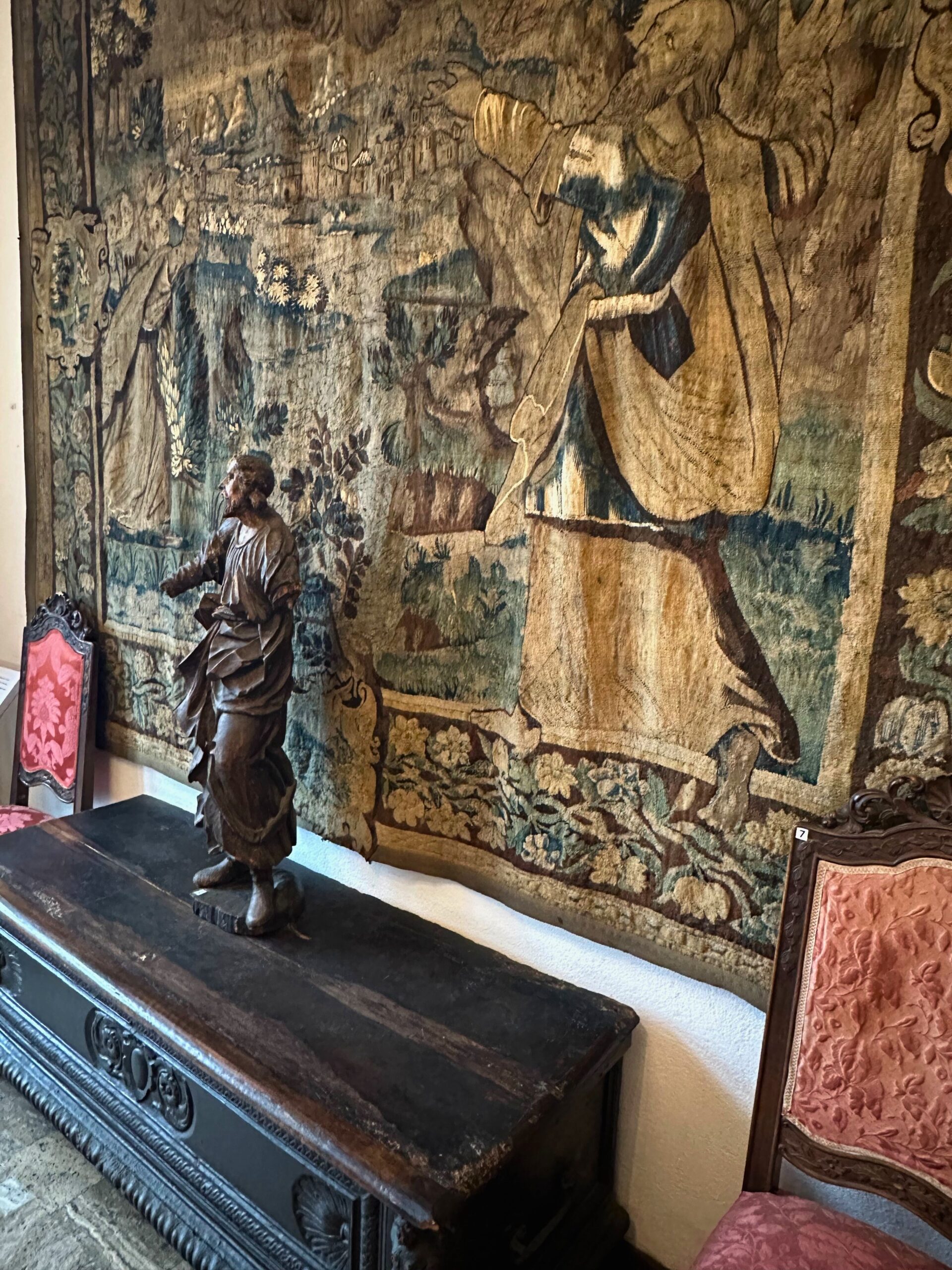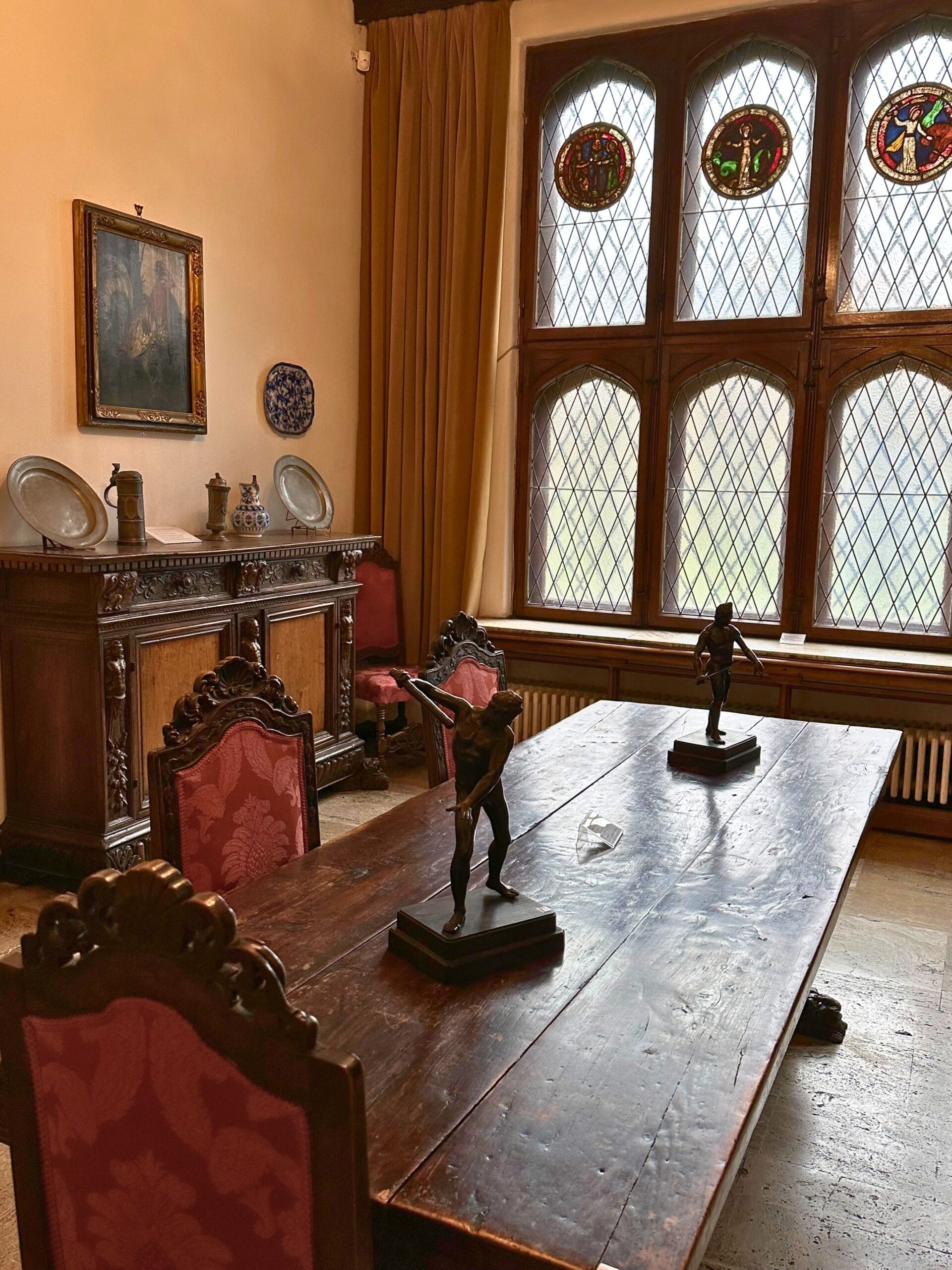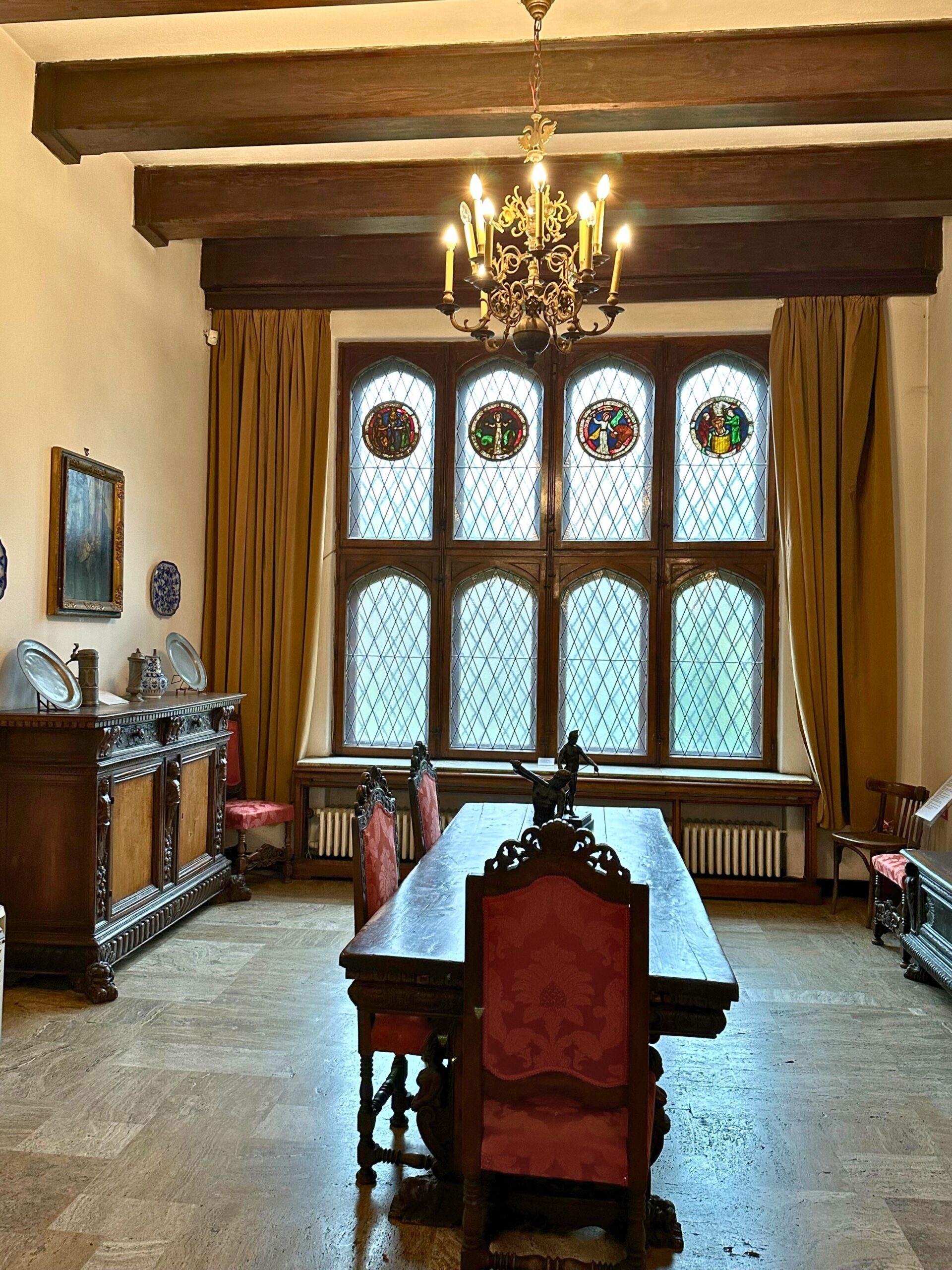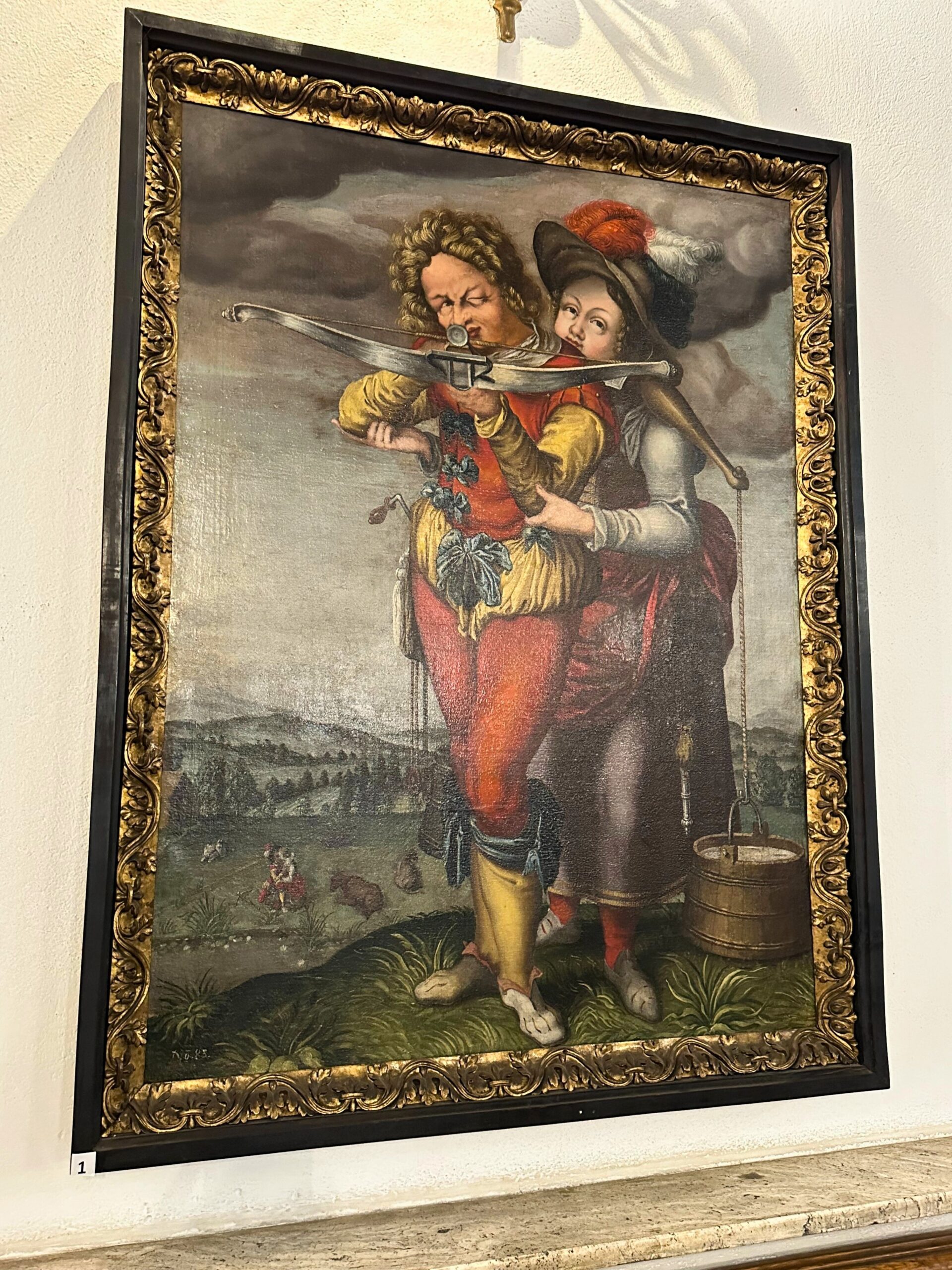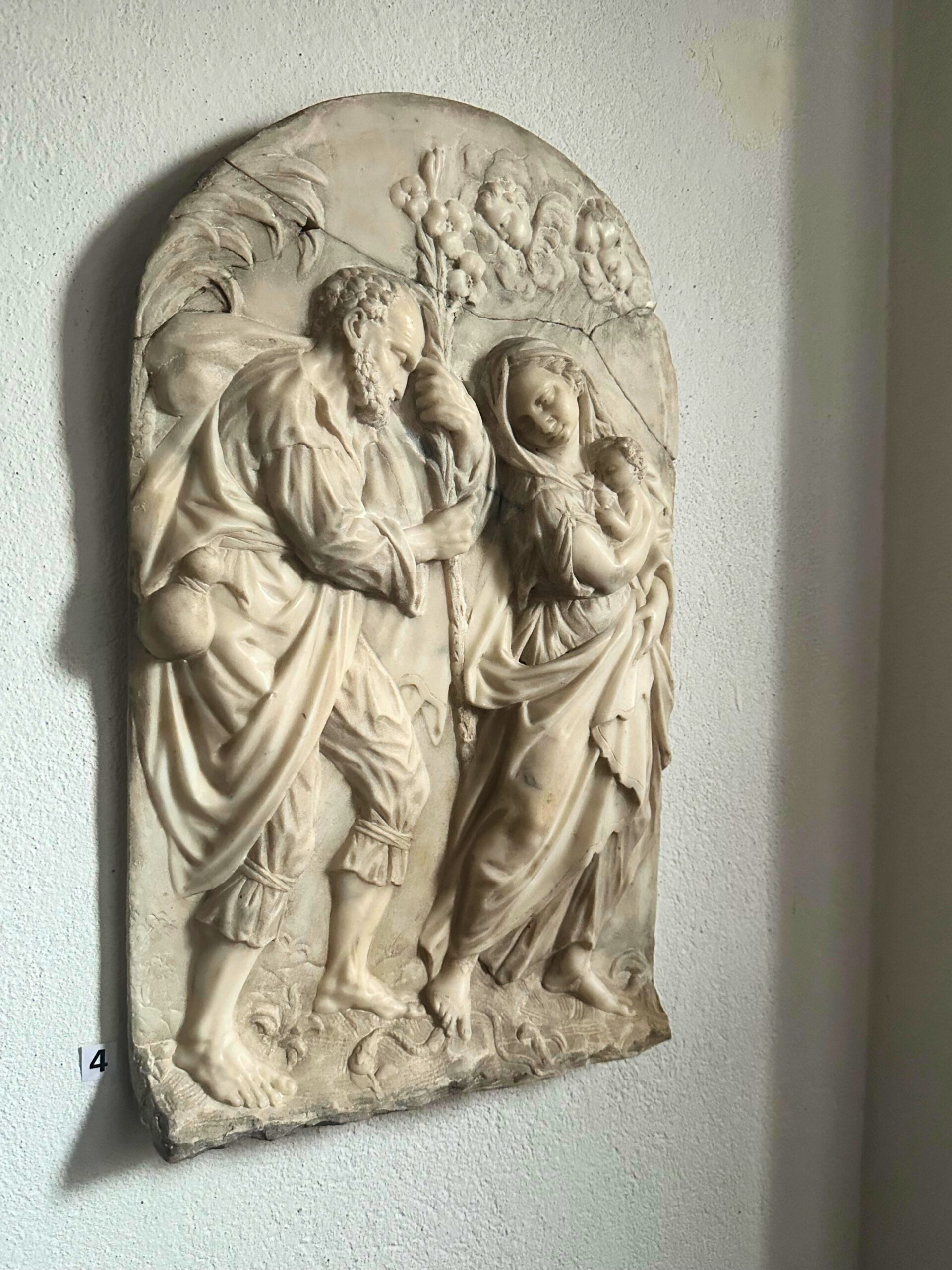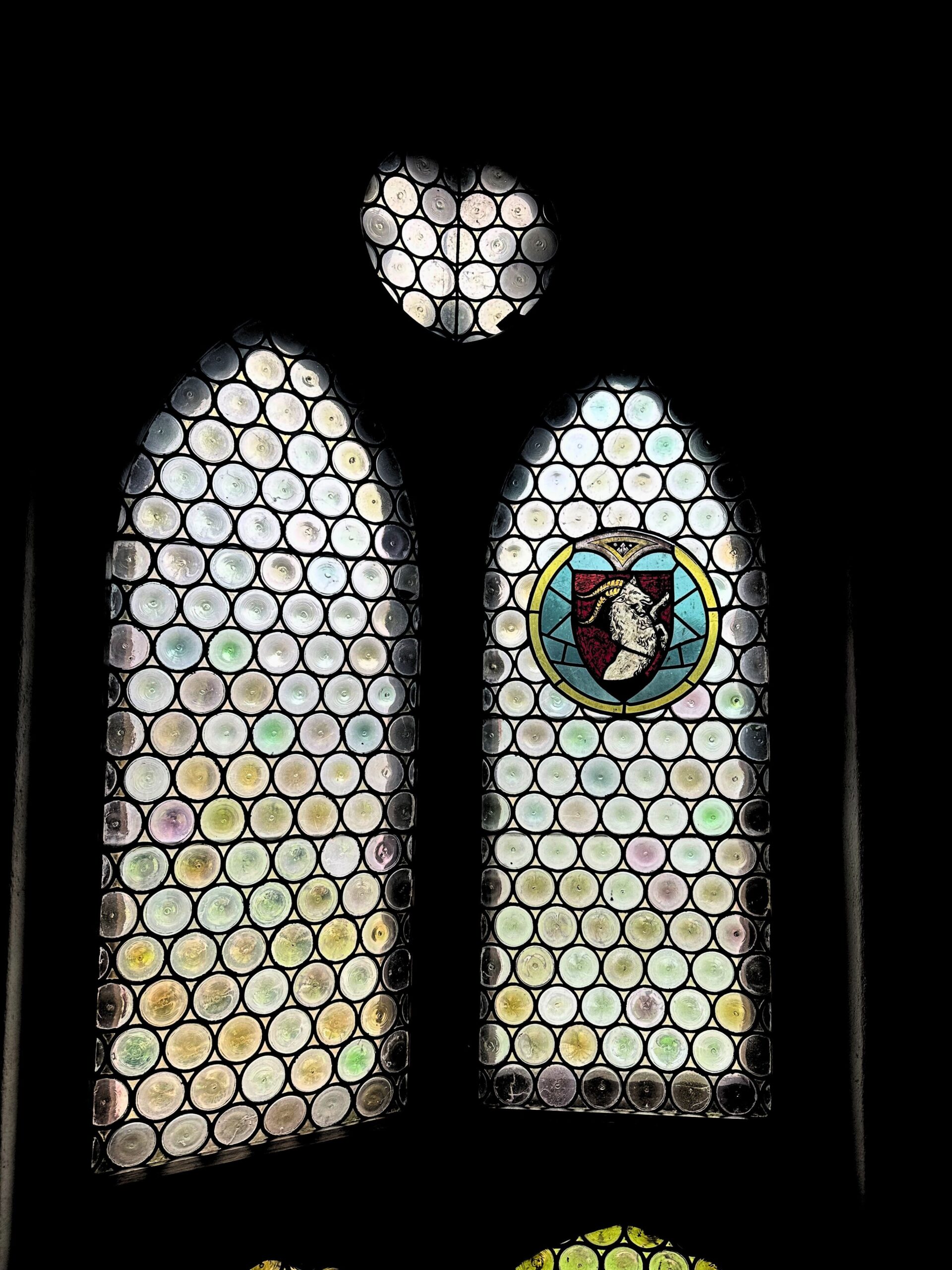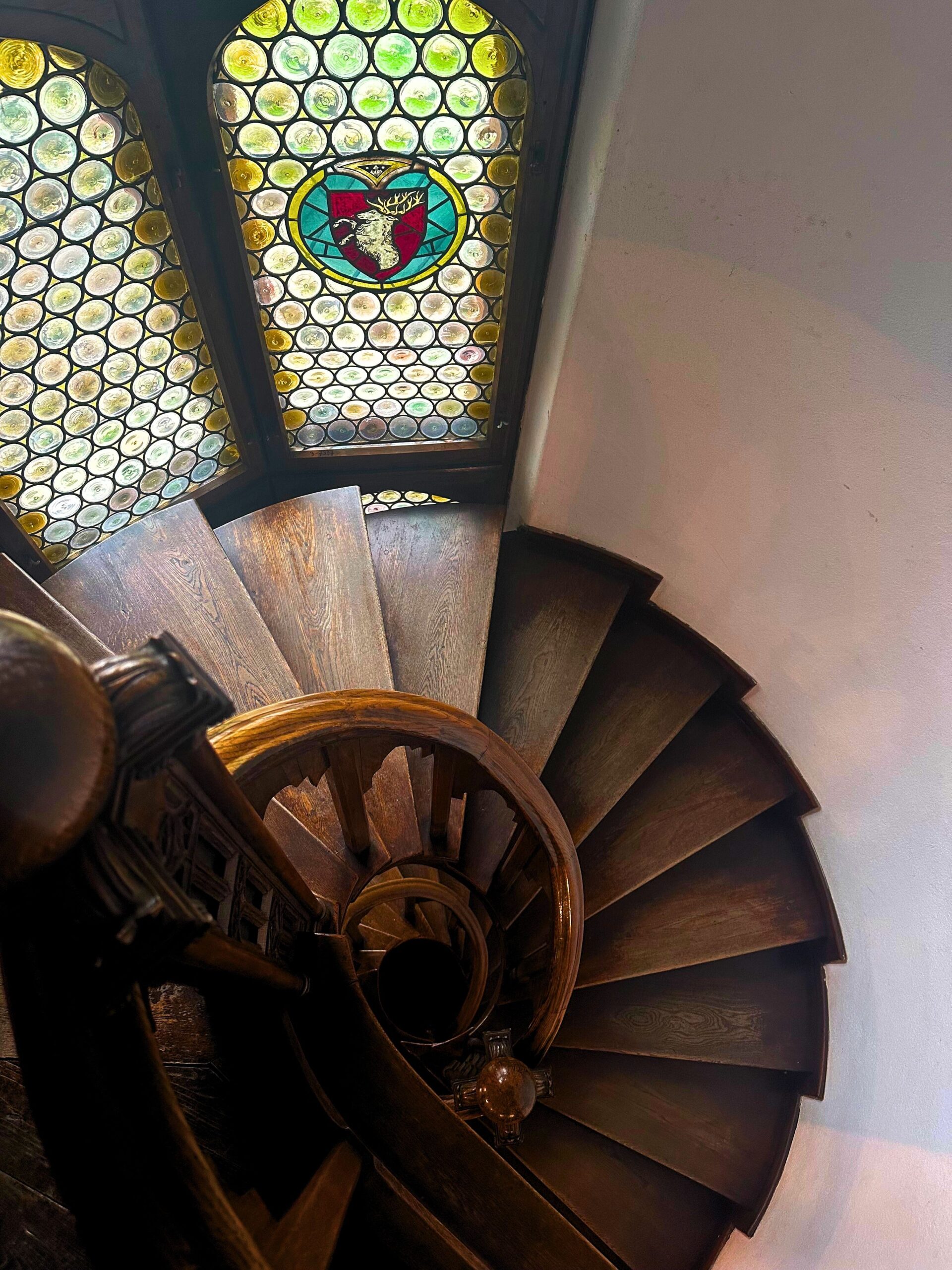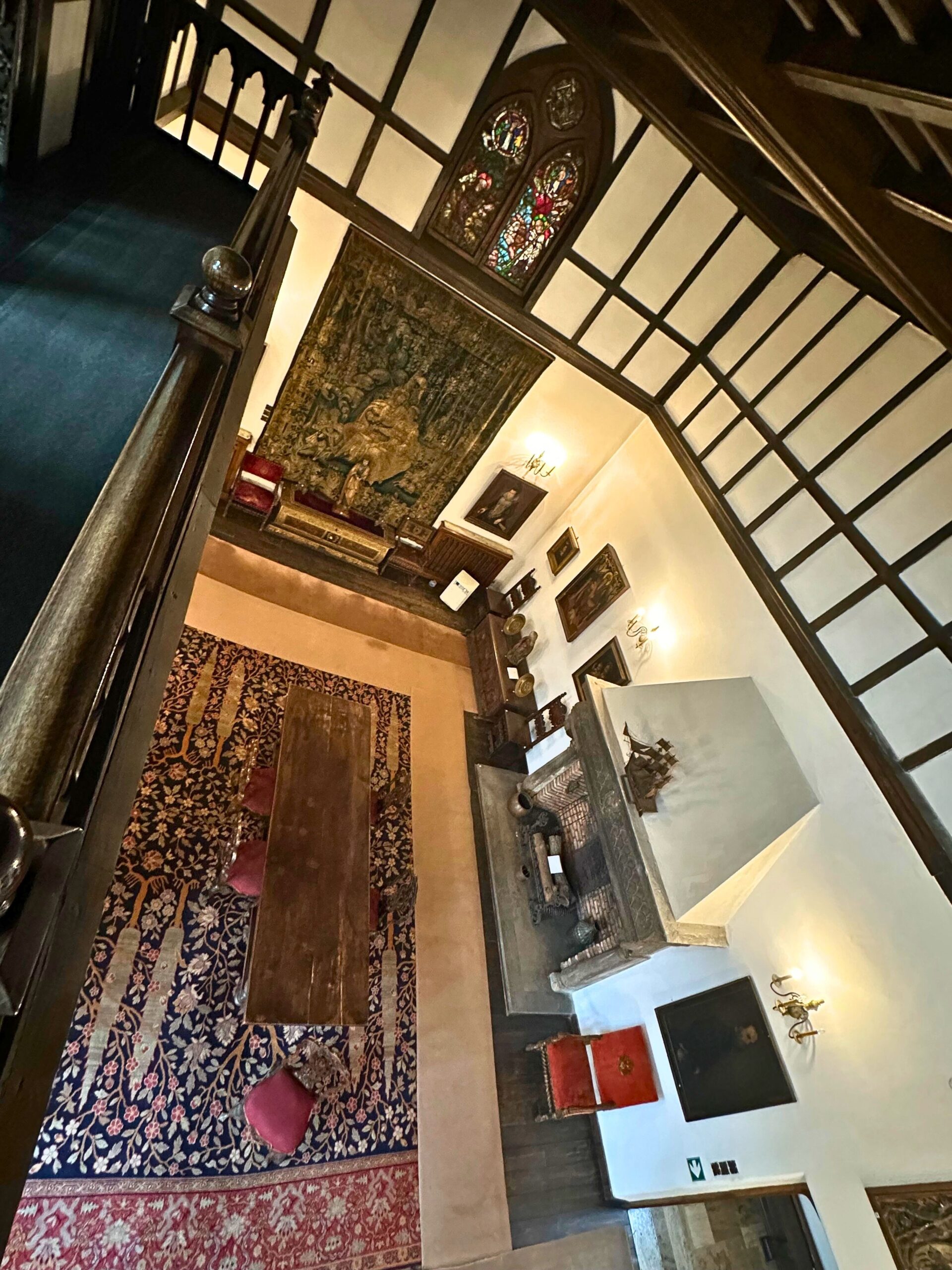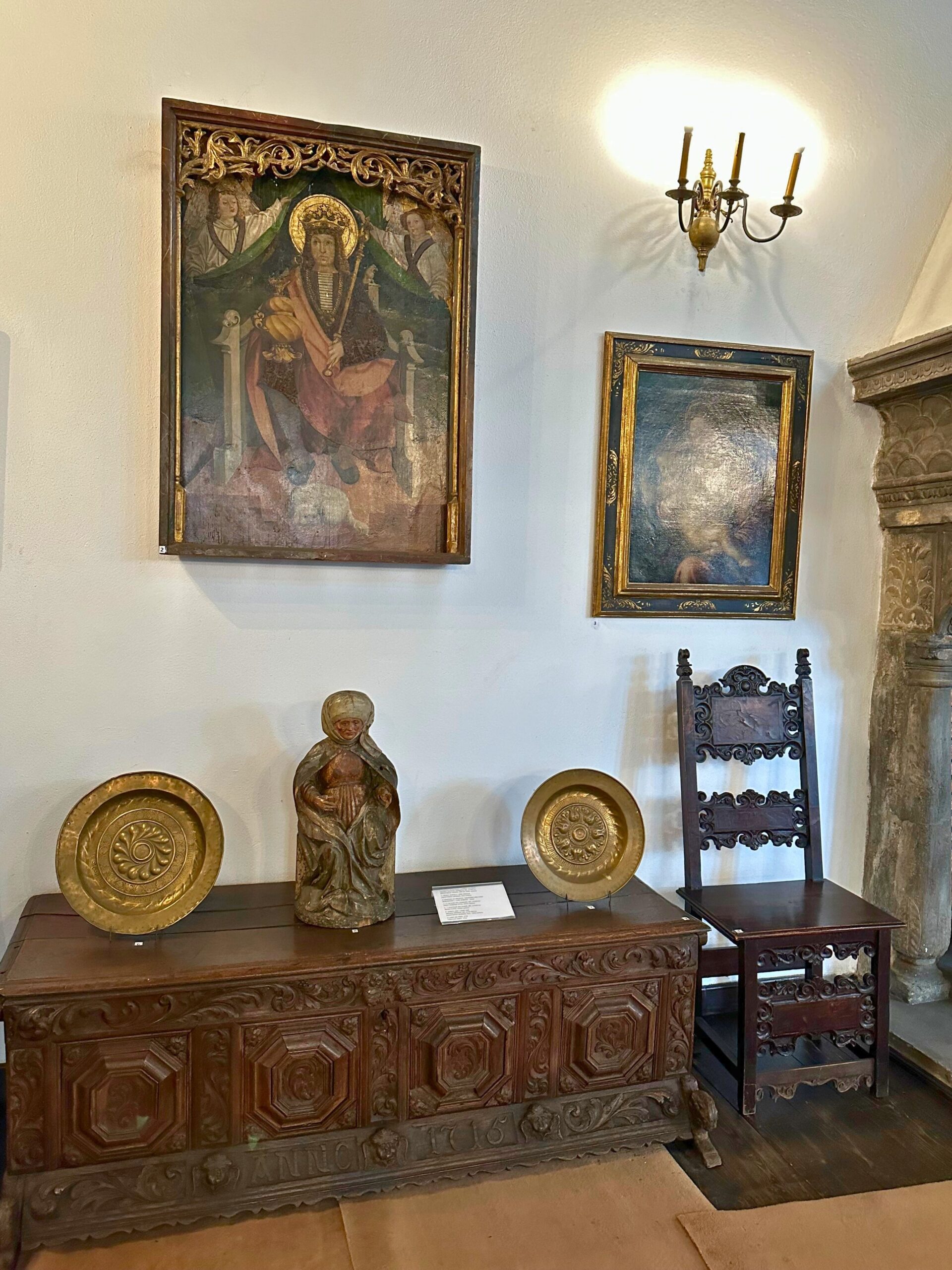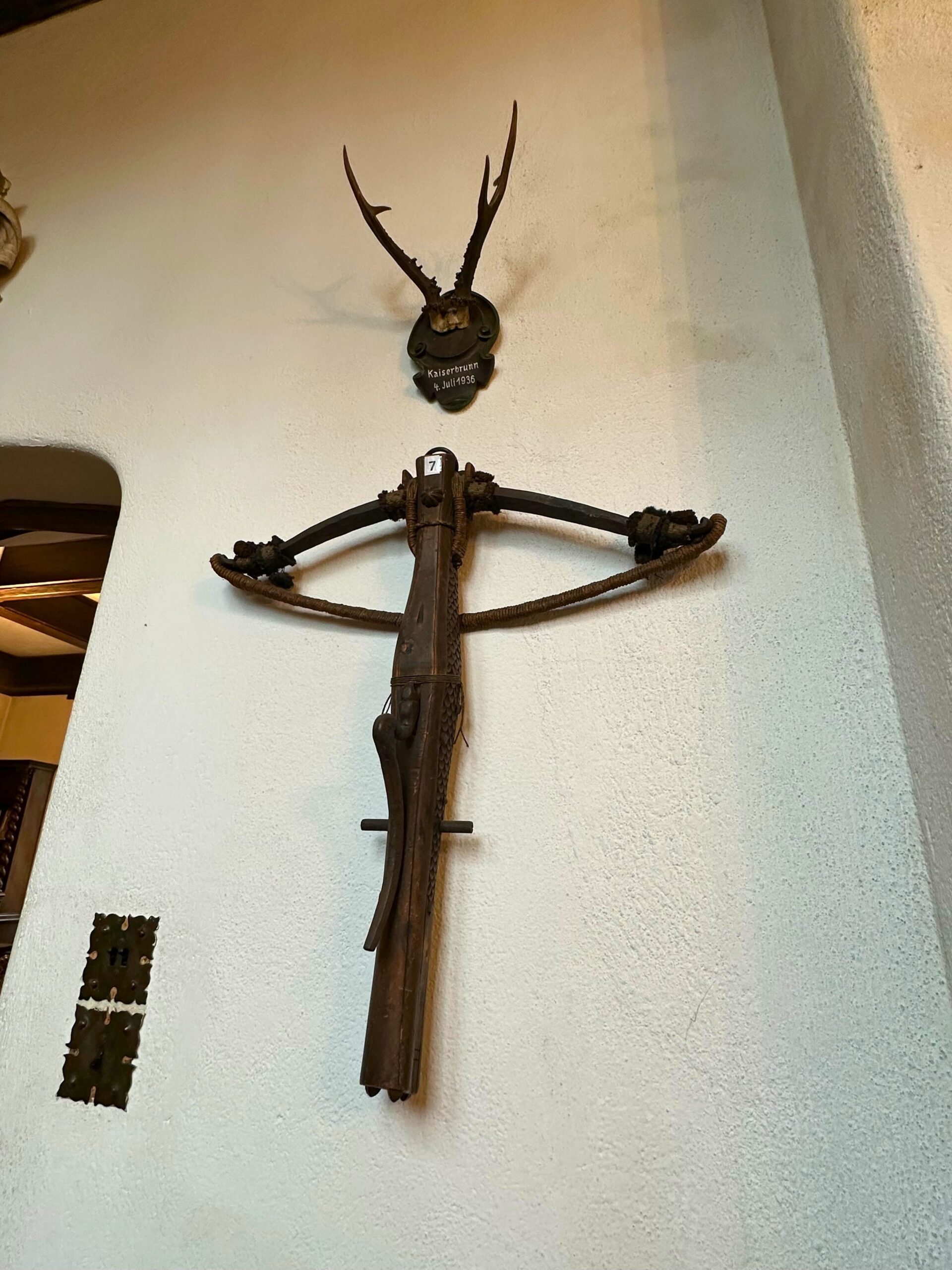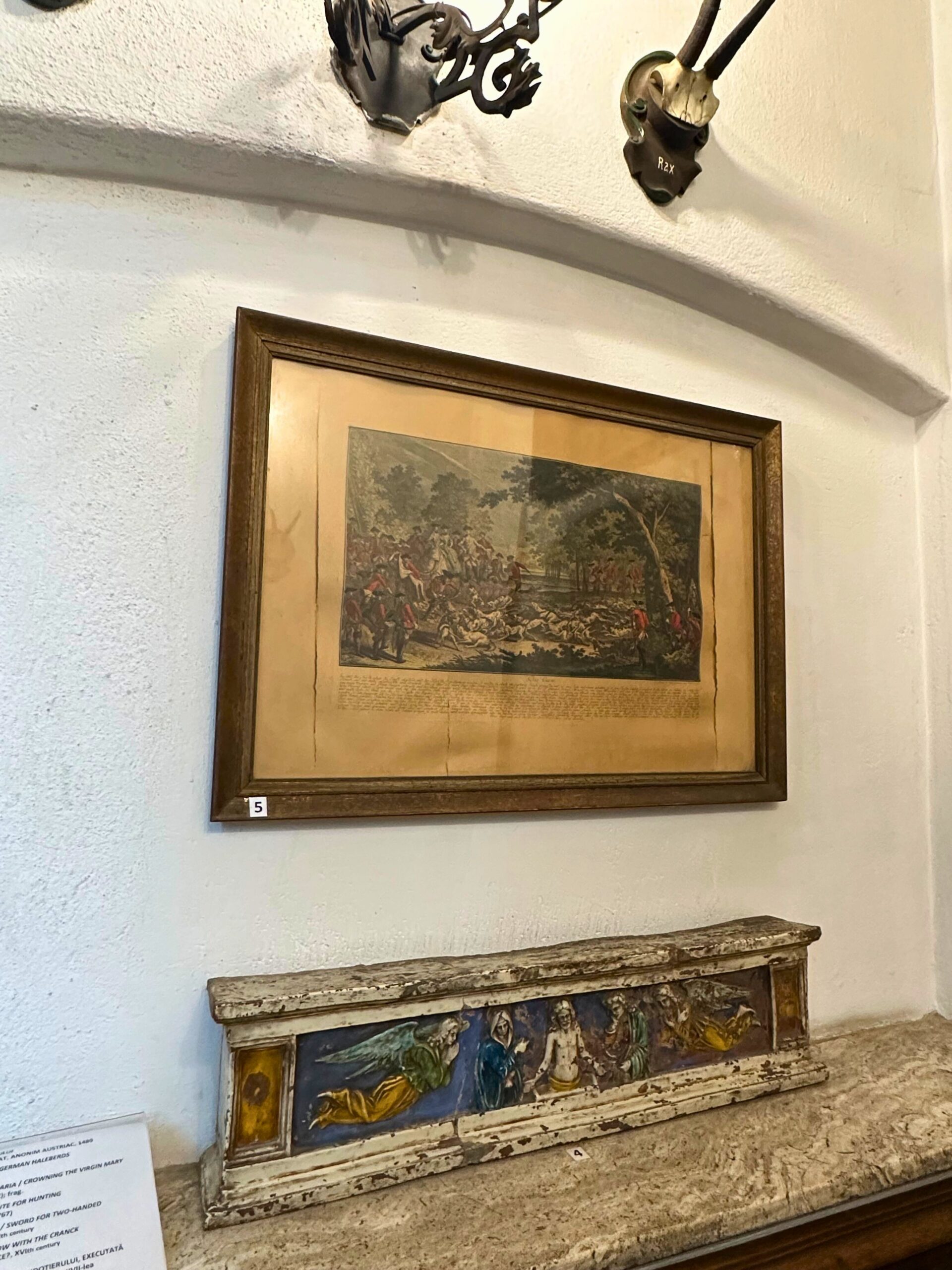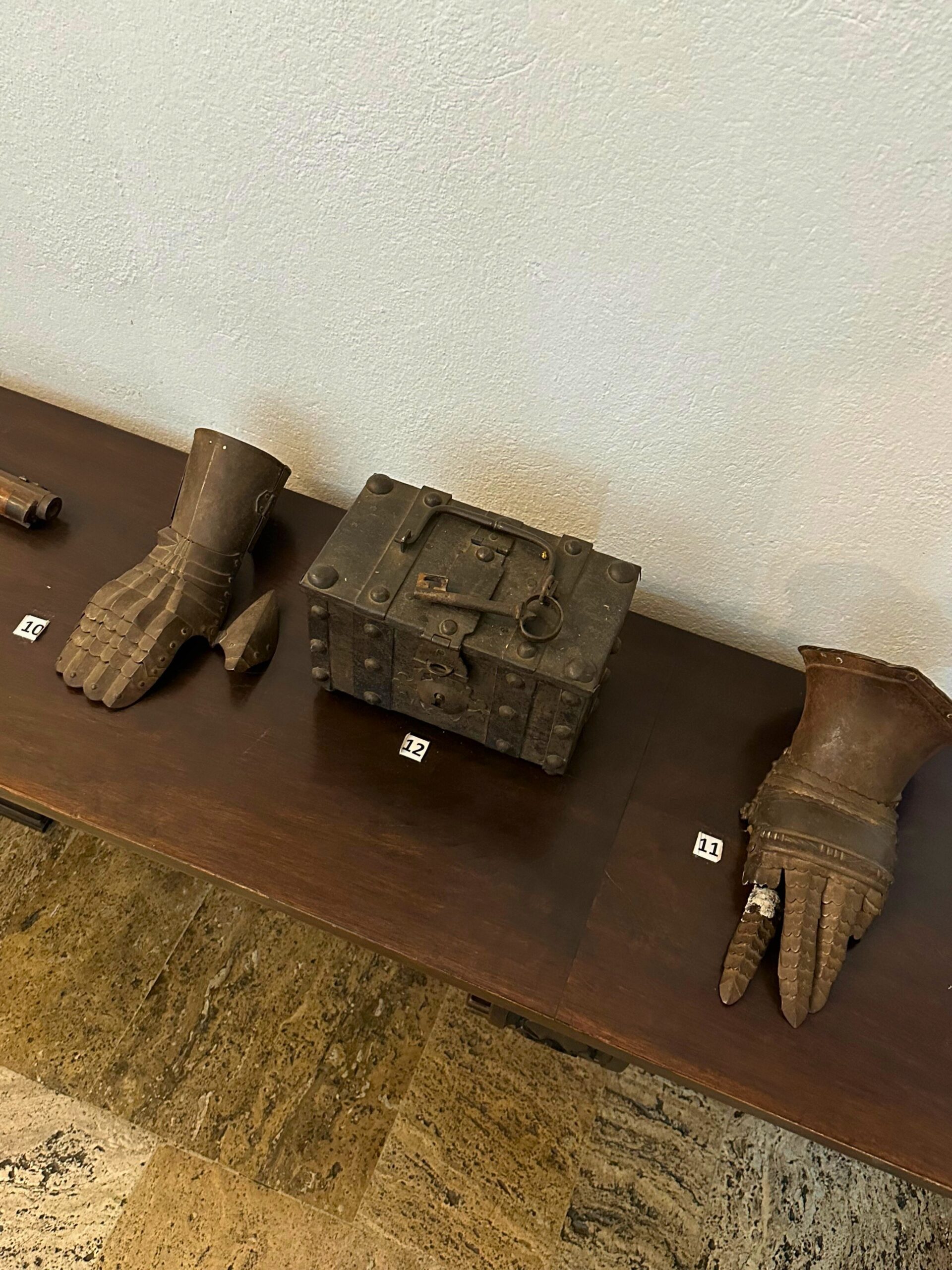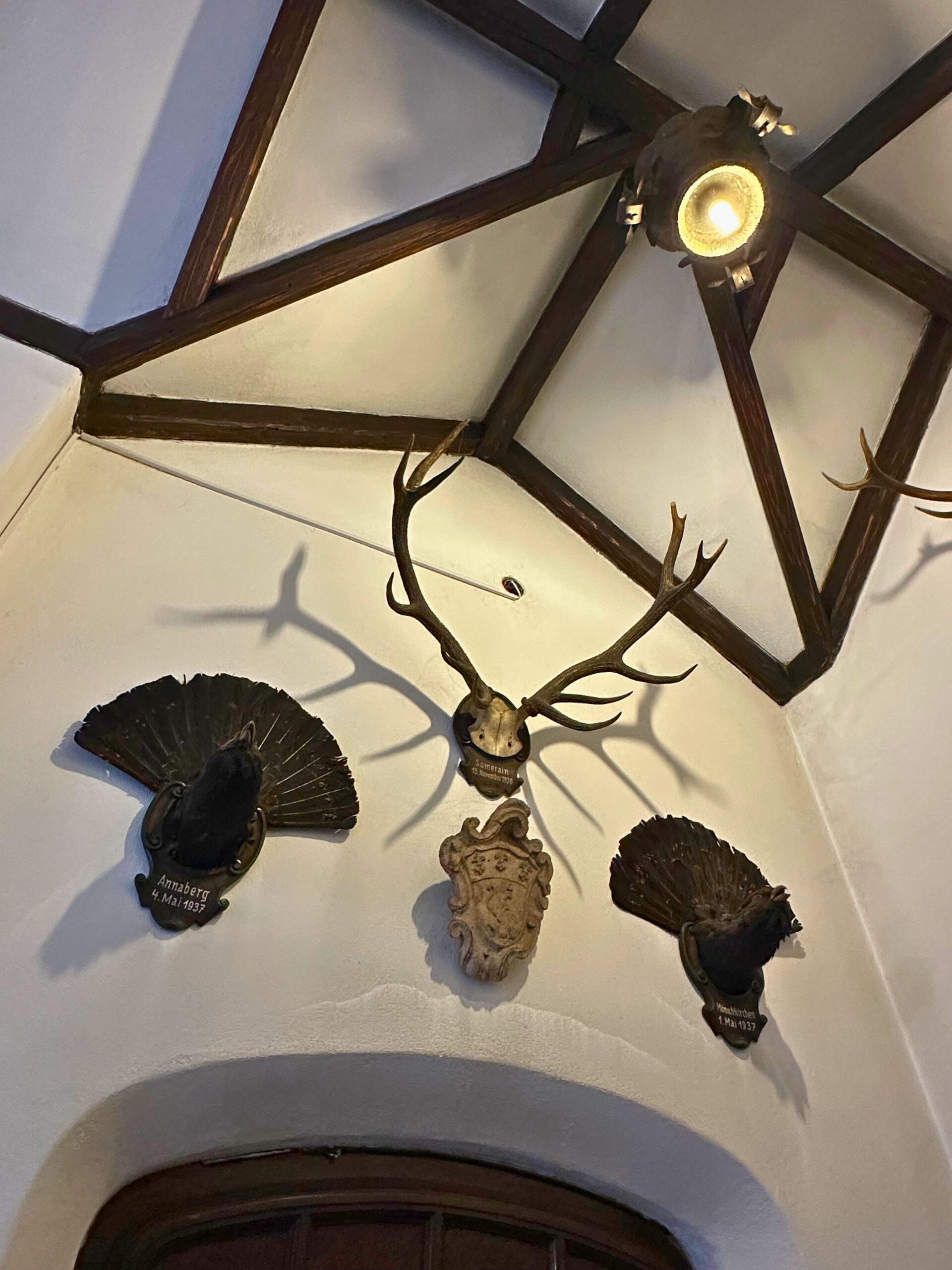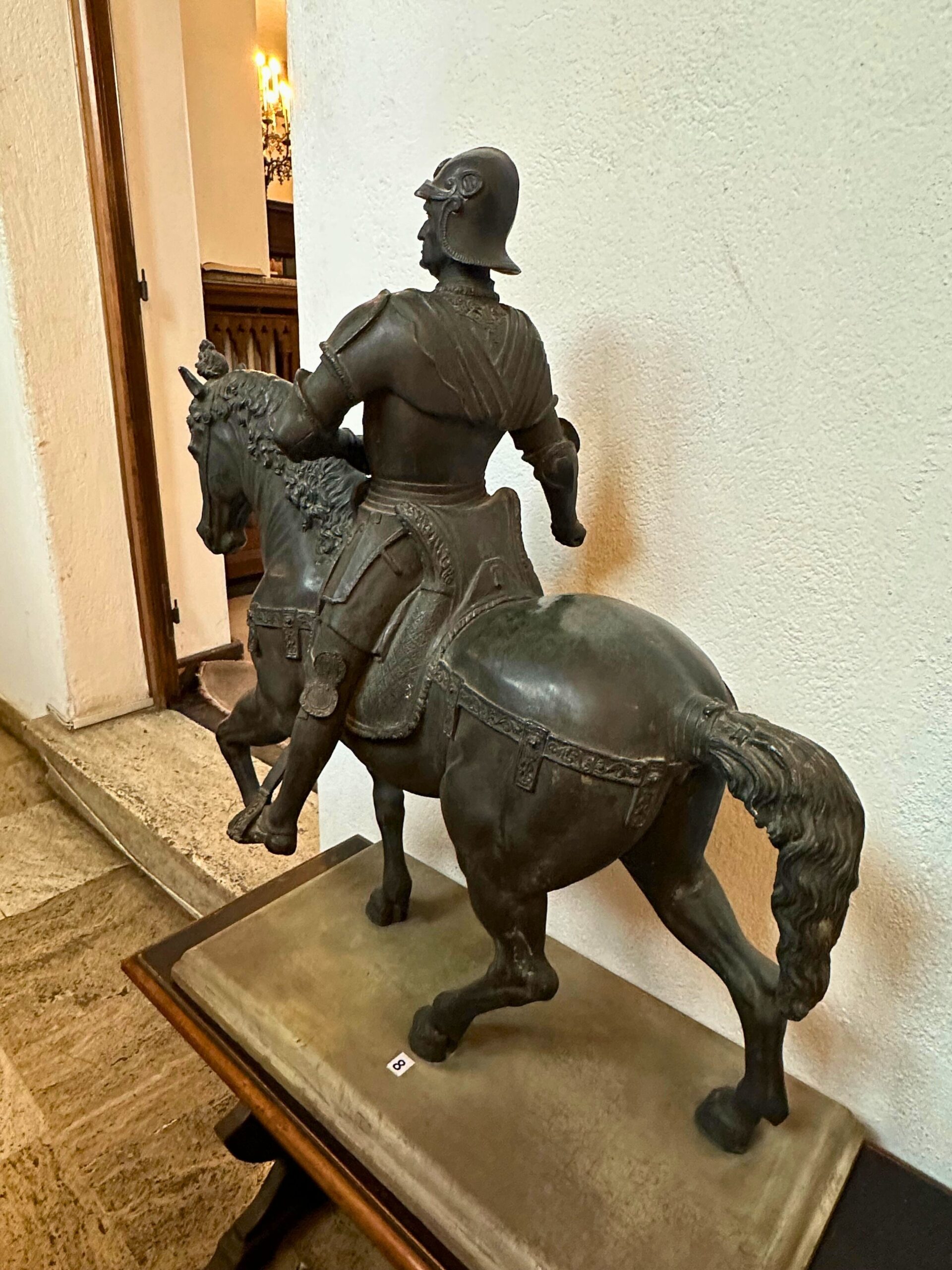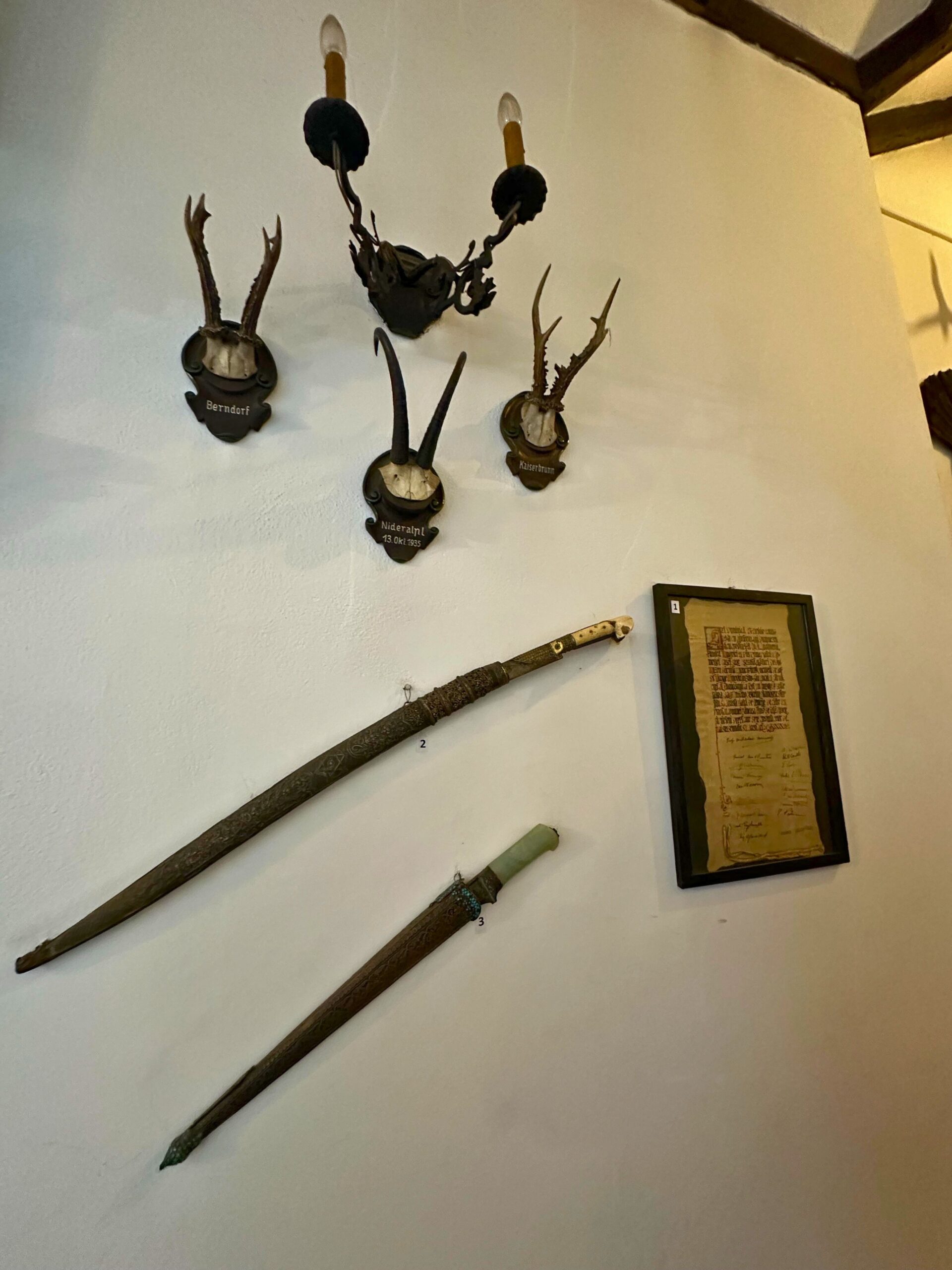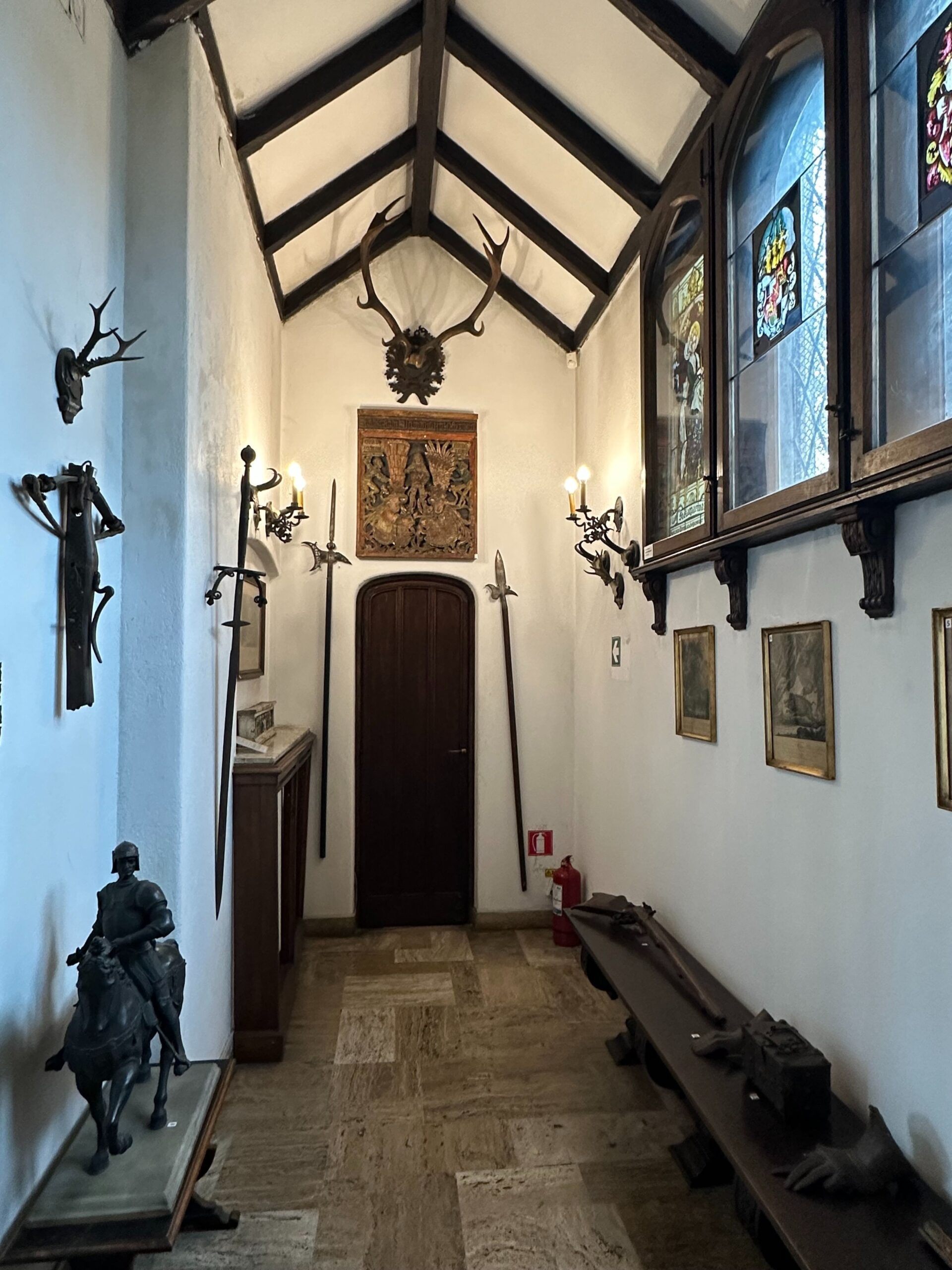With a staggering cost of 7,032,182 gold lei (in 1942 currency, based on progressive and final estimates), the Museum of Western Old Art "Ing. Dumitru Furnica-Minovici" was built between 1939 and 1942 by skilled foreign craftsmen-Austrians, Germans, and Italians. The museum was brought to life through more than 400 sketches created by its founder, Dumitru Furnica-Minovici, in collaboration with the architect Enzo Canella. The construction was overseen by Italian contractor D. Toffolo, who assembled a team of expert Italian artisans to execute the project under the close supervision of both the founder and the architect. The result was an architectural masterpiece, remarkable both in structure and aesthetics.
Initially, the architect proposed two design options for the house-one in the French Gothic style and the other inspired by the Italian Renaissance. However, after carefully considering the building’s function as a museum, Dumitru Furnica-Minovici opted for the Tudor style, also known as tertiary or perpendicular English Gothic from the 15th century. A key factor in this decision was the abundance of windows, which provided optimal natural lighting for the museum’s exhibits.
Completed in 1942, the house was donated to the Romanian Academy in 1945. Subsequent donations followed in 1957 and 1975, made jointly with his wife, Ligia Furnica-Minovici. Inspired by this gesture, other renowned collectors-including H. Zambaccian, Dr. Dona, and Slatineanu-soon followed suit. Since 1946, the Furnica-Minovici House has been open to the public as a cultural and tourist attraction.
The museum has an impressive vintage film look and unique elegance thanks to its 8-meter height. The stained glass windows have been designed and positioned to create different moods and sensations depending on the sun's position, transforming the interior into something alive, experiencing each moment of the day in a different state.
The collection of Eng. D. Furnică-Minovici, acquired from antique shops and/or art auctions in Europe, is composed of stained glass windows (dated 13th-19th centuries – Austrian, German, Swiss), small art furniture (15th-19th centuries (Tuscan Renaissance, Louis XIII, Louis XV, Elizabethan, Chippendale)), old books, Flemish tapestries, medieval and modern weapons, paintings – works by Italian, Flemish, German painters, bibliophile rarities, etc.
The library, made of solid walnut wood, contains about 2000 valuable volumes, some of which are about 500 years old.
This museum also houses the oldest stained glass windows from Romania, produced in France, dating back to the 5th century.
Dumitru Furnica-Minovici was born on December 14, 1897, in Bucharest, in what would later be called the Stalin District. He was the son of Zaharia Furnica, a peasant's son from Scheii Brasovului. He attended primary school at Silvestru School (1904-1908) and high school at "Lazar" (1908-1916). After completing his military service (October 24, 1916 – May 24, 1918, with the rank of corporal), he left for France to study (Toulouse and Strasbourg – Institute of Industrial Chemistry), funded by his uncle, Dr. Nicolae Minovici. He completed his studies in 1924 and returned to Romania.
Between 1924 and 1927, he worked for the Cometa Oil Company, being stationed in Ploiesti and Moreni. From 1927, he worked at the Romanian Anonymous Society Creditul Minier, first as an engineer and later in the administrative-commercial department. He was dismissed in 1947 following the nationalization process.
In 1941, at the request of his uncle, Dr. Nicolae Minovici, he accepted the honorary title of director of the Western Old Art Museum "Dr. Nicolae Minovici," a title he held until his death on April 22, 1982.
On October 1, 1948, after being laid off from SAR Creditul Minier, he attended museum studies courses for several months (an alternative school offered by academician G. Oprescu to art collectors, particularly those in Bucharest, to help them keep their collections, even if donated). He then became a specialist conservator at the Museum of Feudal Art "Ing. Dumitru Furnica-Minovici," which he managed with considerable difficulty, given the political, cultural, and social context, until his death in 1982. He was buried in Bellu Cemetery.
Ligia Viorica Furnica-Minovici (née Radulescu-Tudoran, formerly Petrovici), born in Caracal on February 9, 1914, had a tumultuous life and career. In 1932, she enrolled in the Faculty of Letters and Philosophy in Bucharest, specializing in French, Italian, and Art History, graduating in 1936. In 1933, she also enrolled in the Faculty of Law, obtaining her diploma on March 16, 1937, which allowed her to practice law.
From 1938 to 1940, she worked at the General Directorate of CFR (Romanian Railways) as a clerk, then from 1940 to 1949, she continued at CFR in the Financial Directorate as a consultant. Between 1949 and 1952, she worked as a lawyer for DRTA Bucharest. In 1952, she was forced to take retraining courses (Normative School, for five months), being temporarily assigned to Alba Iulia as a norm setter, then to Slatina as a public attorney, before returning to DRTA Bucharest as a principal lawyer.
In June 1969, following a petition submitted by her husband, engineer D. Furnica-Minovici, she was appointed curator at the Museum of Feudal Art "Ing. Dumitru Furnica-Minovici" and, from 1979, principal curator.
Having entered the legal profession in 1946, she represented several important (and politically sensitive) cases, including defending Minister Grigore Costaforu (accused of undermining the country's interests in relation to the USSR), Ion Cantacuzino, director of the Telephone Company, Alexandru Policrat (a Supreme Court judge accused of listening to imperialist radio stations and helping his cousin, Radu Rene Policrat, with food and two shirts), and Anca Berceanu (assistant to Constantin Noica), among others.
She remarried engineer Dumitru Furnica-Minovici on June 21, 1952, almost in secret, at the Stalin District People's Council in Bucharest. She passed away on January 14, 2004, and was buried next to her husband in Bellu Cemetery.
With an exorbitant cost (according to progressive and final estimates) of 7,032,182 gold lei (1942 currency), built between 1939 and 1942 by foreign craftsmen (Austrians, Germans, and Italians), the Museum of Western Old Art "Ing. Dumitru Furnica-Minovici" was the result of over 400 sketches created by its founder and the hired architect, Enzo Canella. The contractor, also Italian, D. Toffolo, brought a team of Italian craftsmen who worked under the direct supervision of both the museum's founder and the architect. The result was remarkable, both structurally and aesthetically.
Although the original architect proposed two house designs to engineer D. Furnica-Minovici (one in the French Gothic style and the other in the Italian Renaissance style), he ultimately chose the Tudor style (the so-called tertiary or perpendicular English Gothic of the 15th century). The decisive factor in this choice was the numerous windows characteristic of this style, which solved the museum’s lighting needs.
Completed in 1942, the house of engineer Dumitru Furnica-Minovici was donated to the Romanian Academy in 1945 (the first donation), with the next two donations (1957, 1975) made jointly with his wife, Ligia Furnica-Minovici. Two years later, the engineer was followed by other renowned collectors (H. Zambaccian, Dr. Dona, Slatineanu, etc.). Since 1946, the Furnica-Minovici house has been open to the public as a tourist attraction.
Monday-Tuesday – Closed
Wednesday-Sunday – 9 AM- 5 PM
Currently, free of charge.
Situated near Herăstrău Park and the House of Free Press, you can arrive at the Western Old Art Museum by bus 203, 205, 261, 304 and 335.

